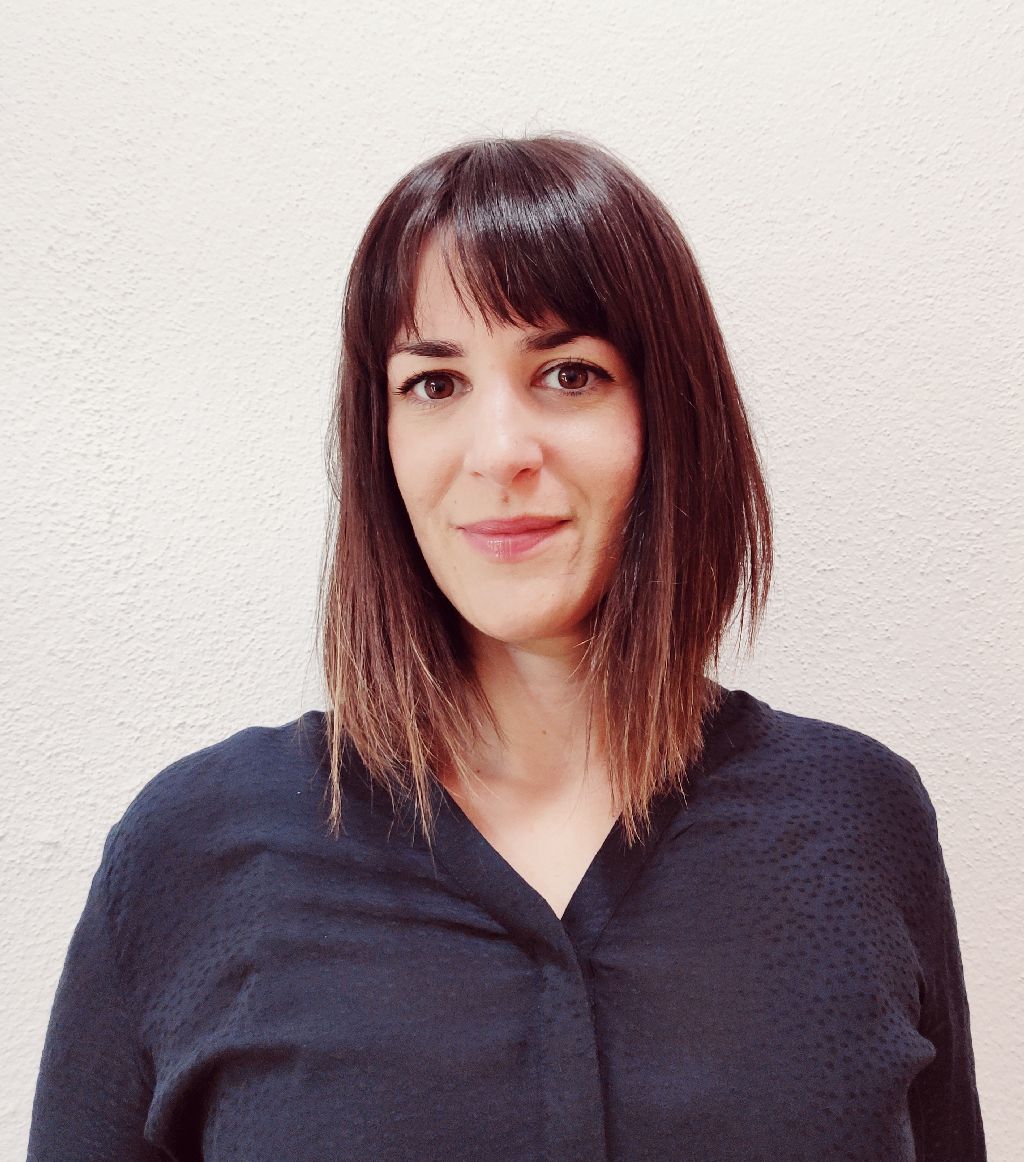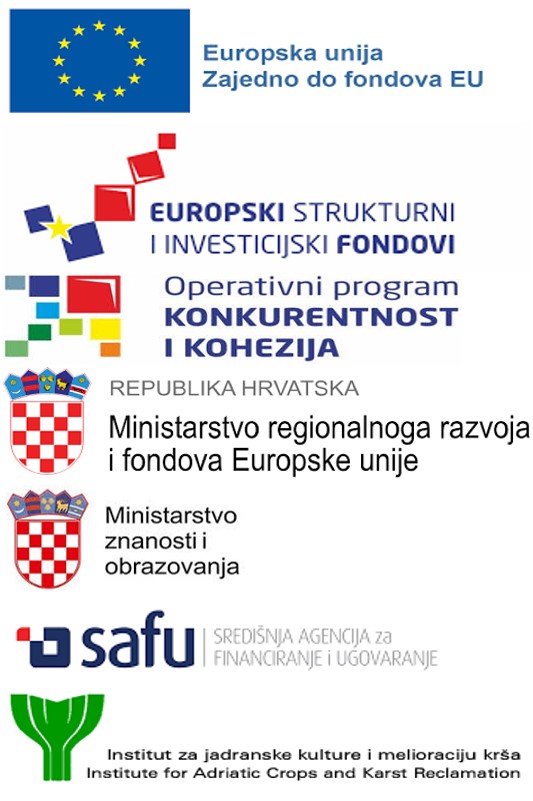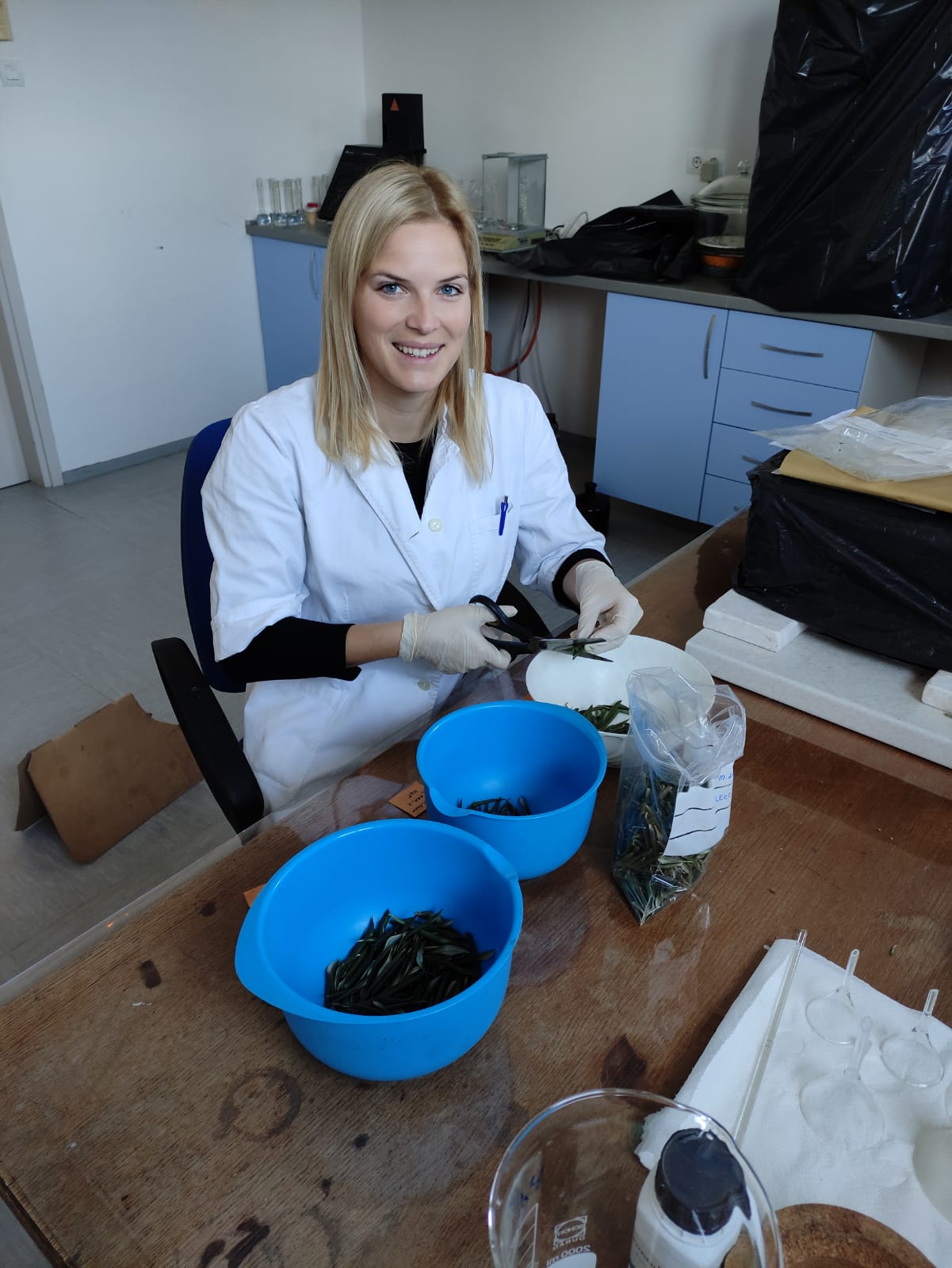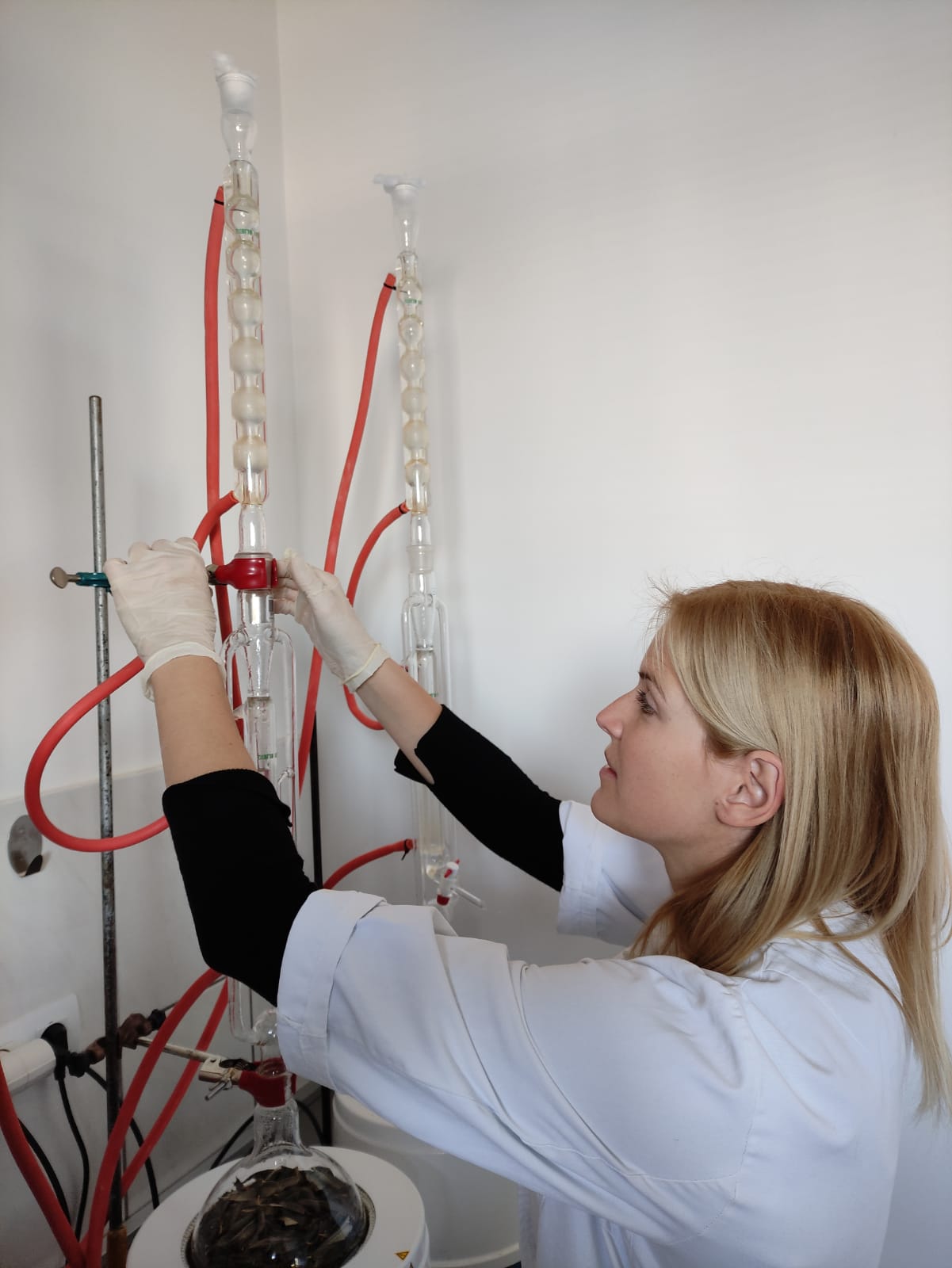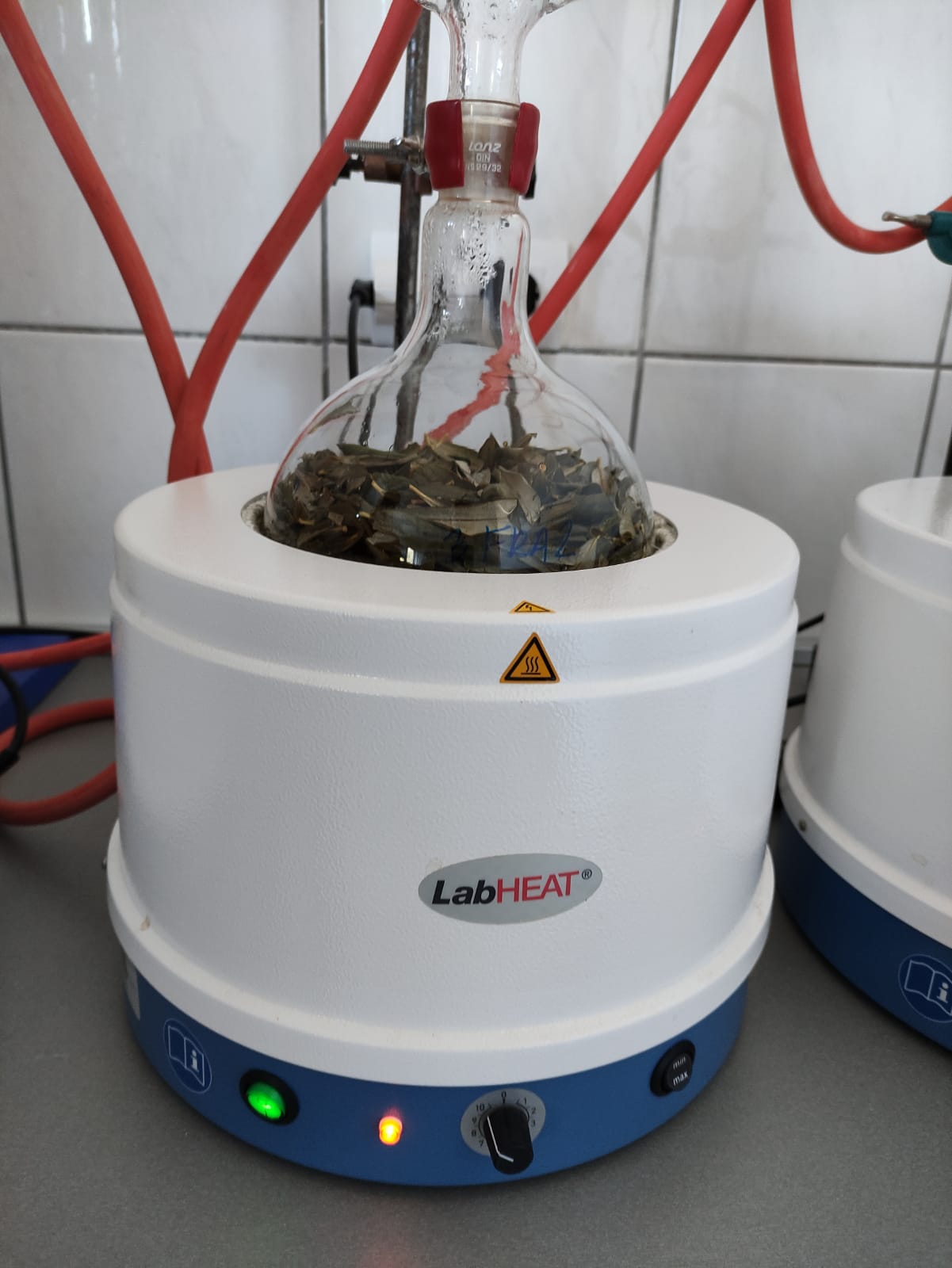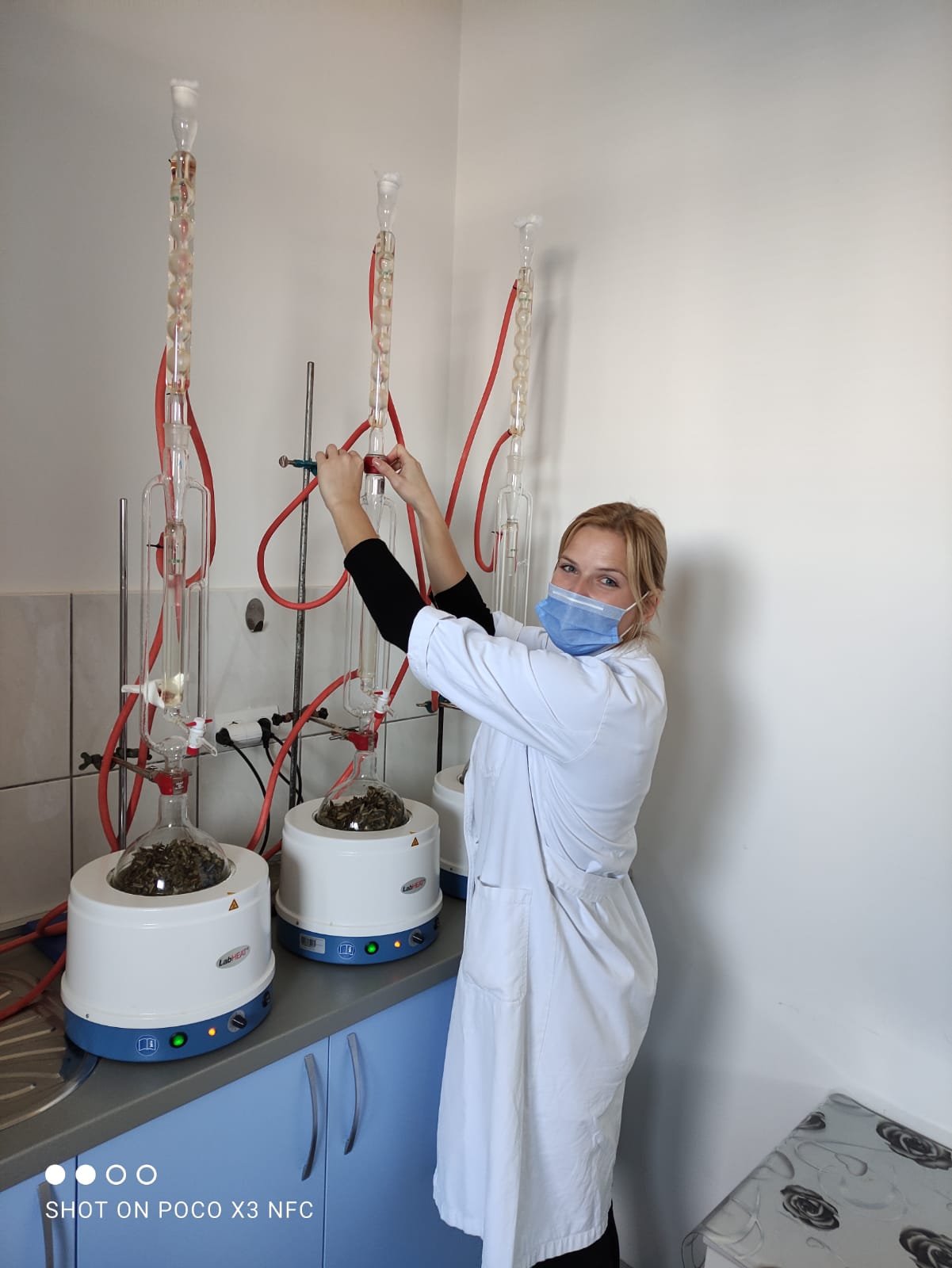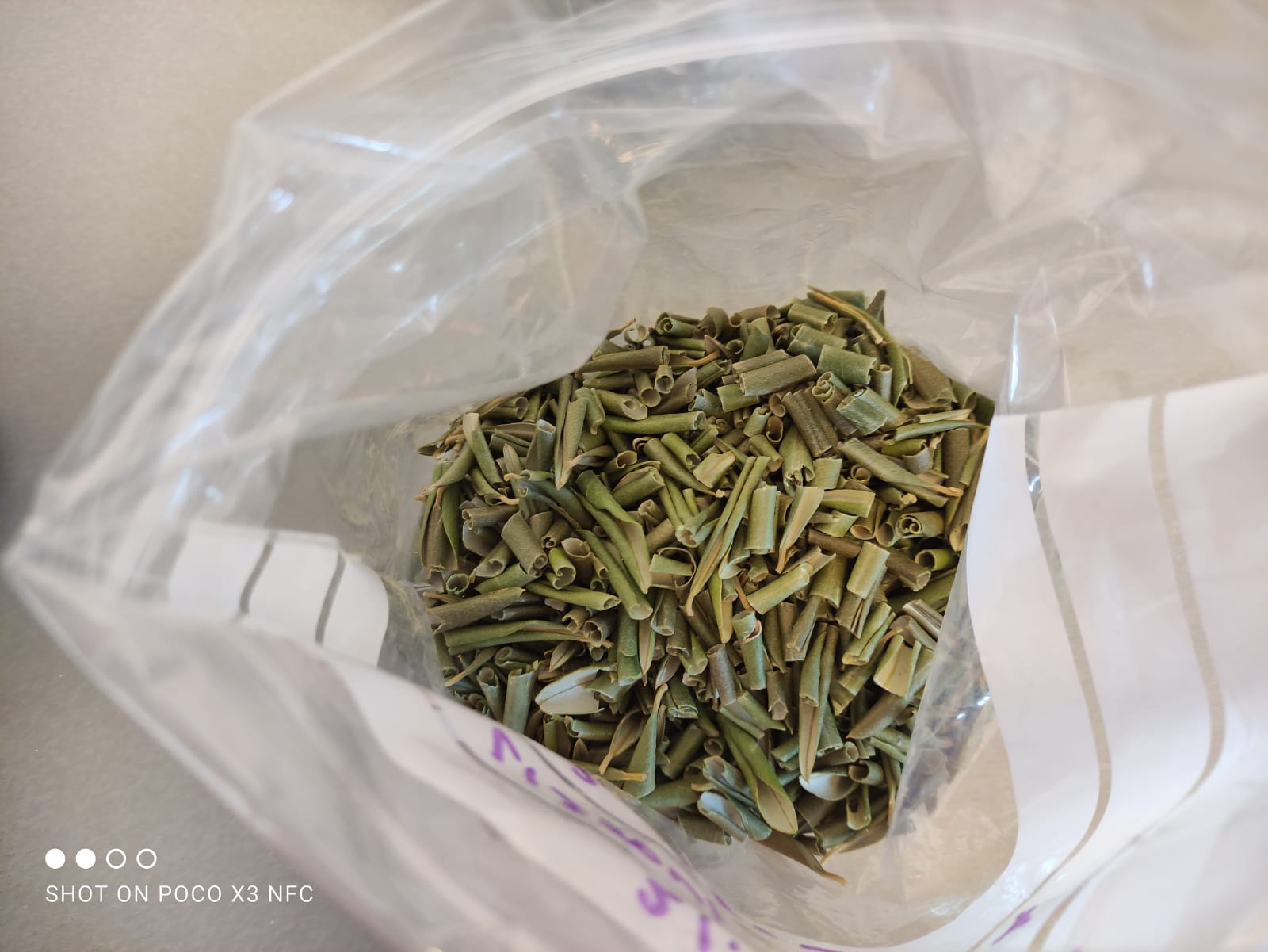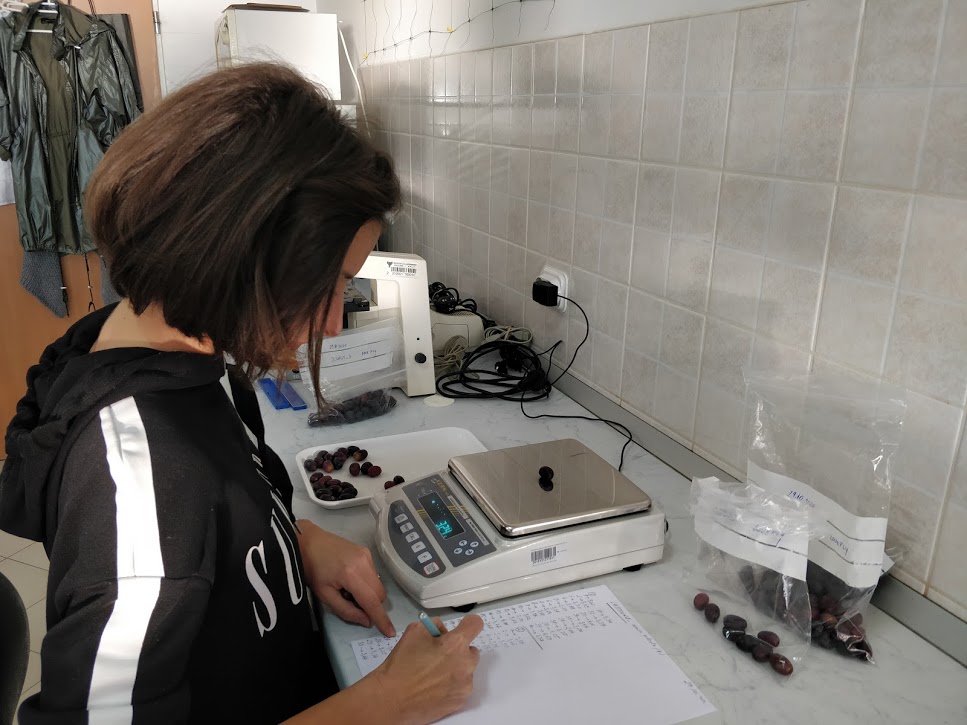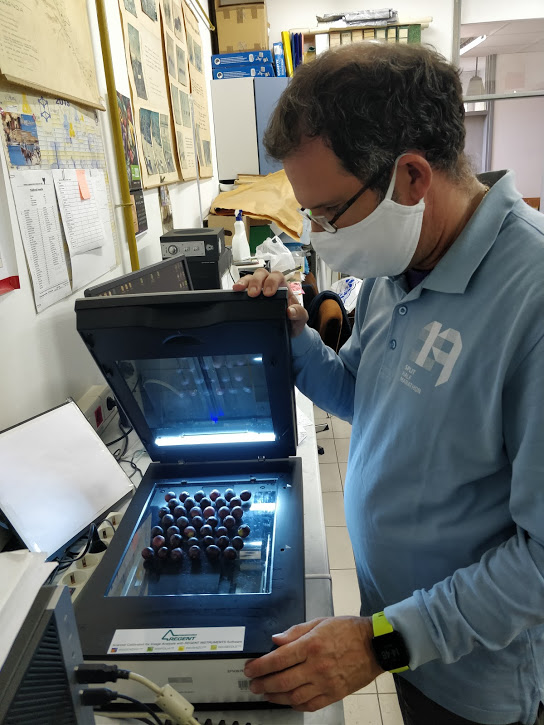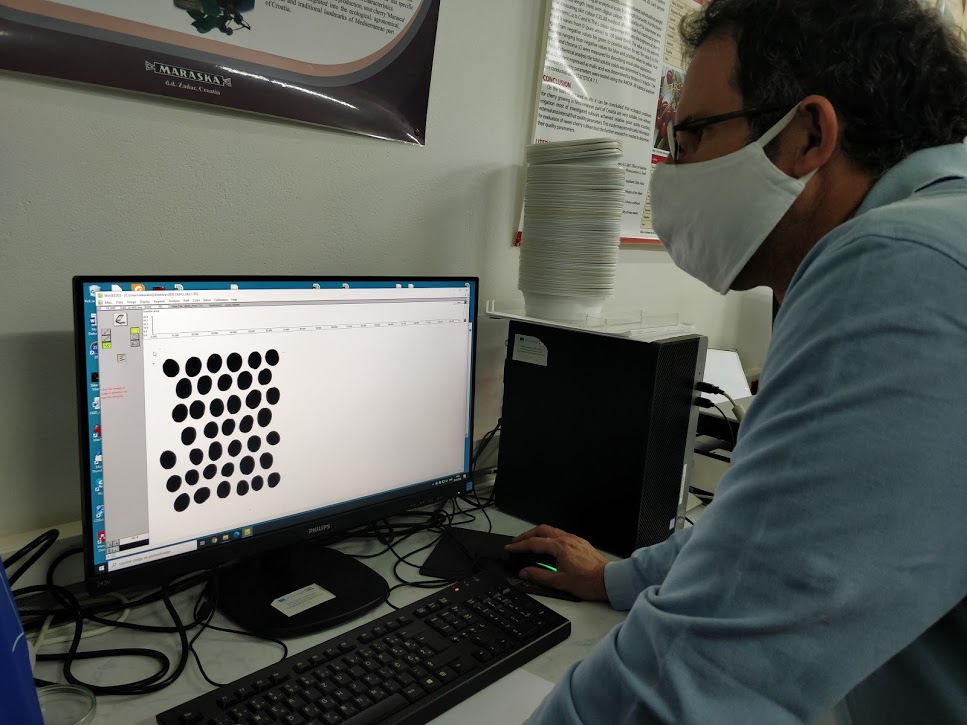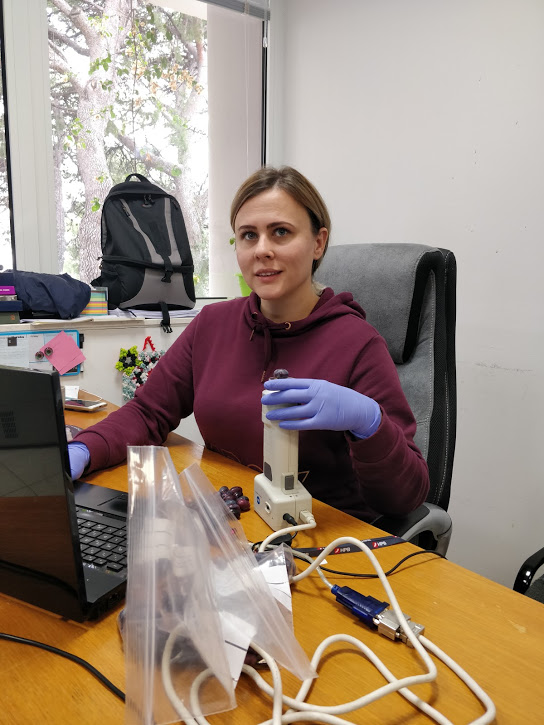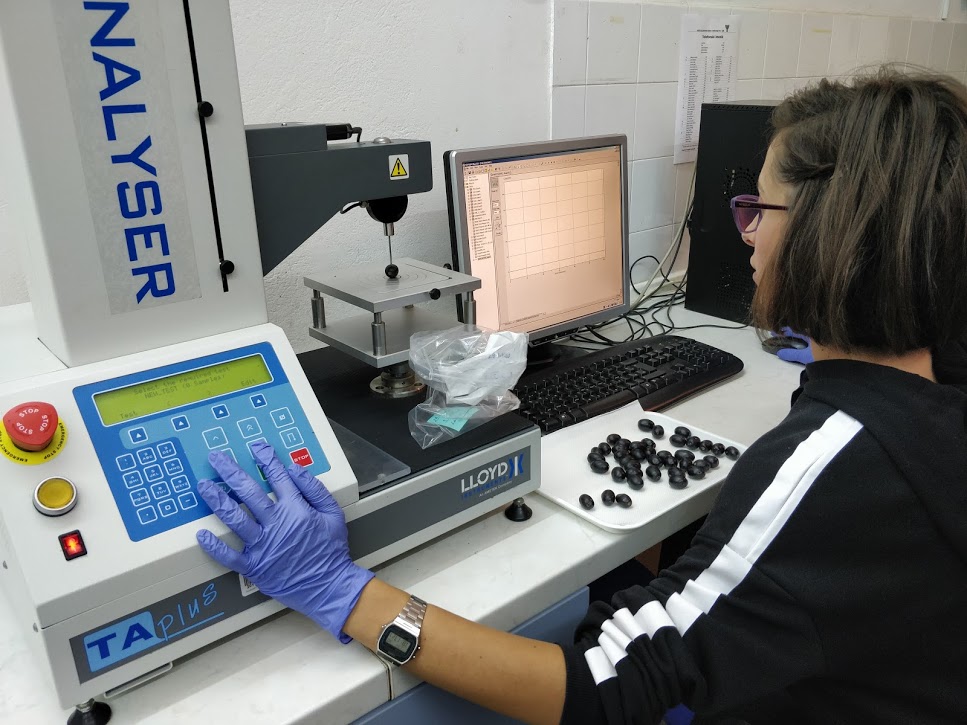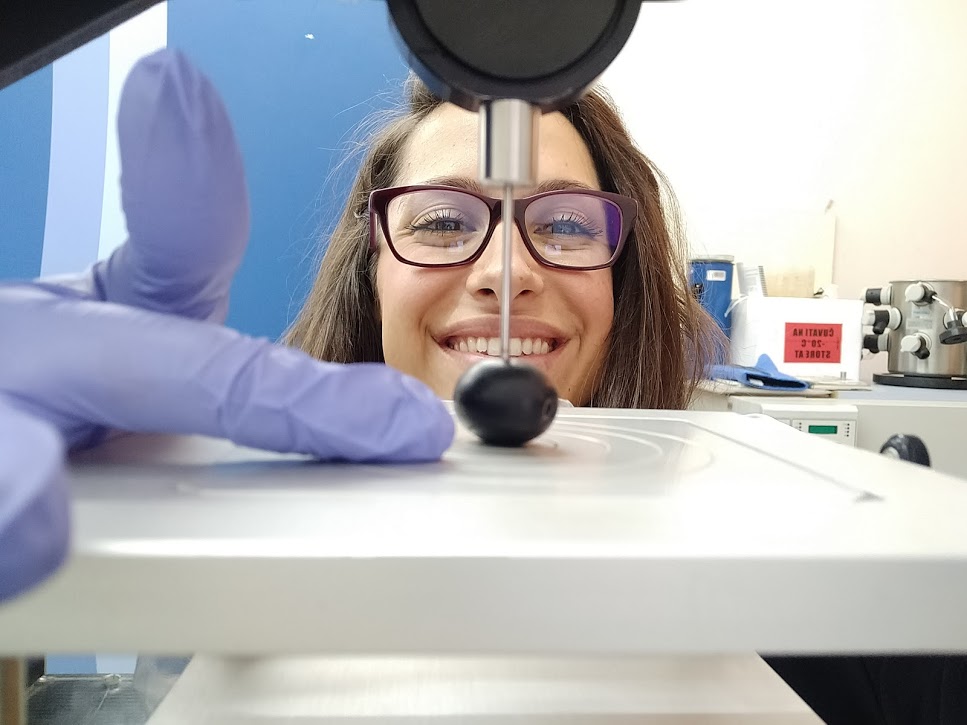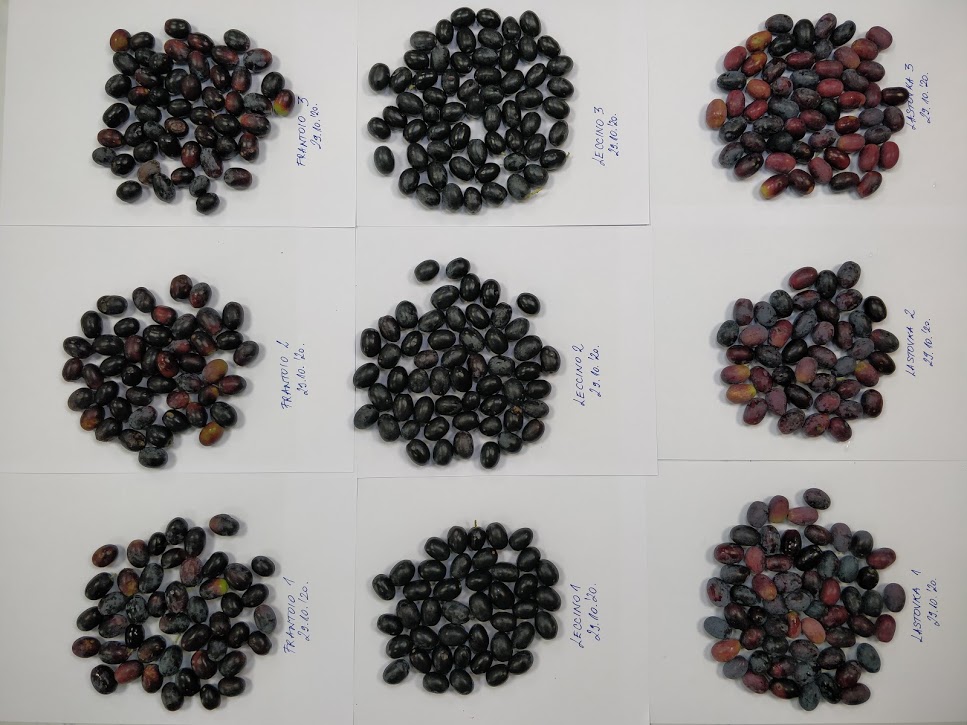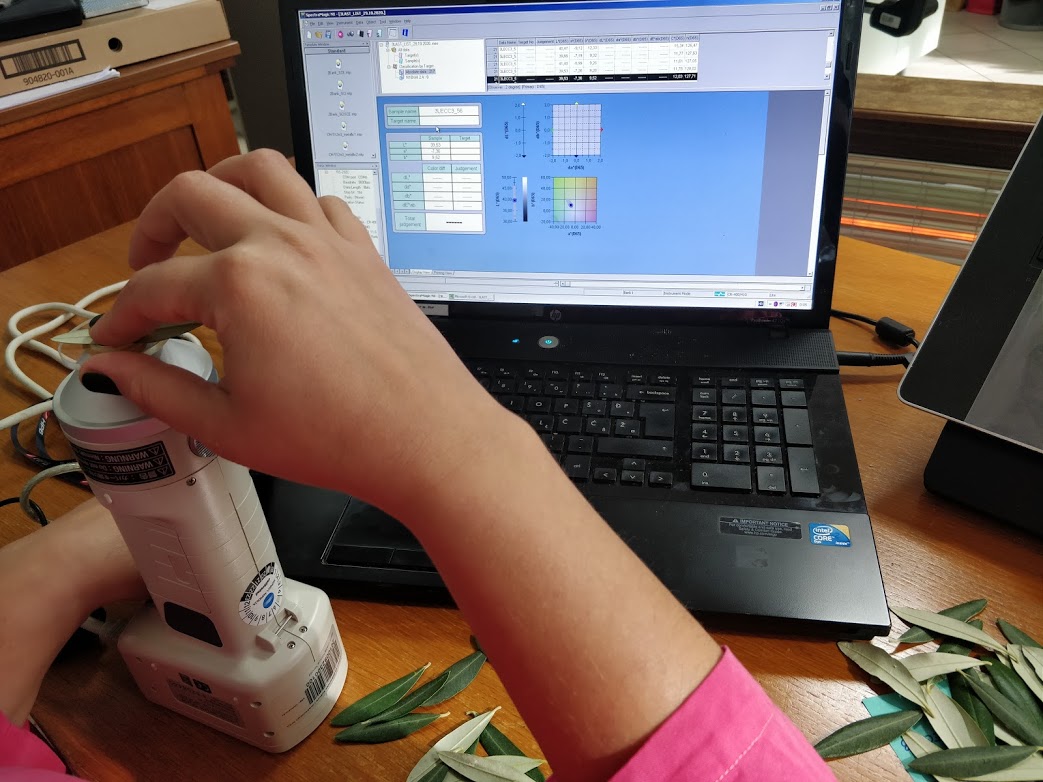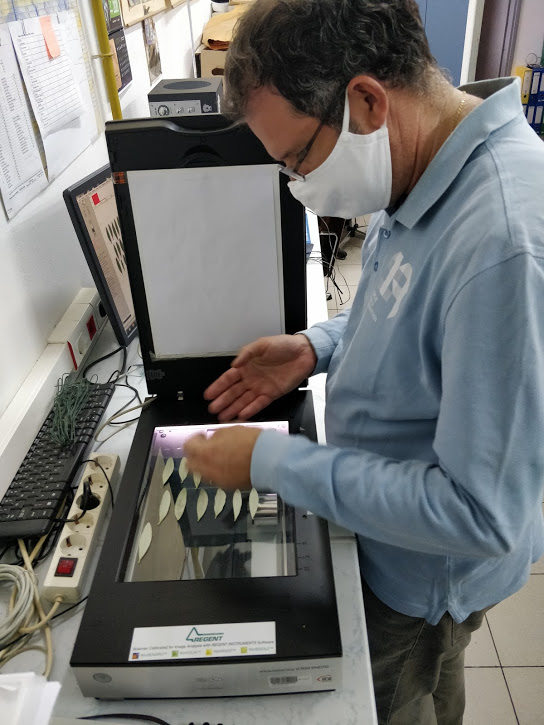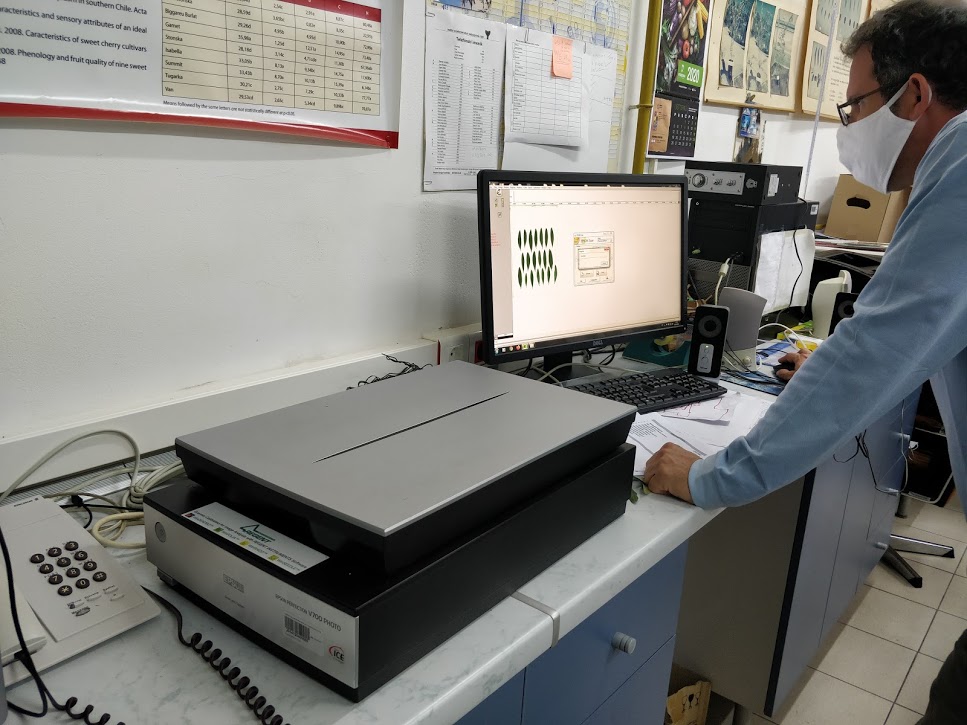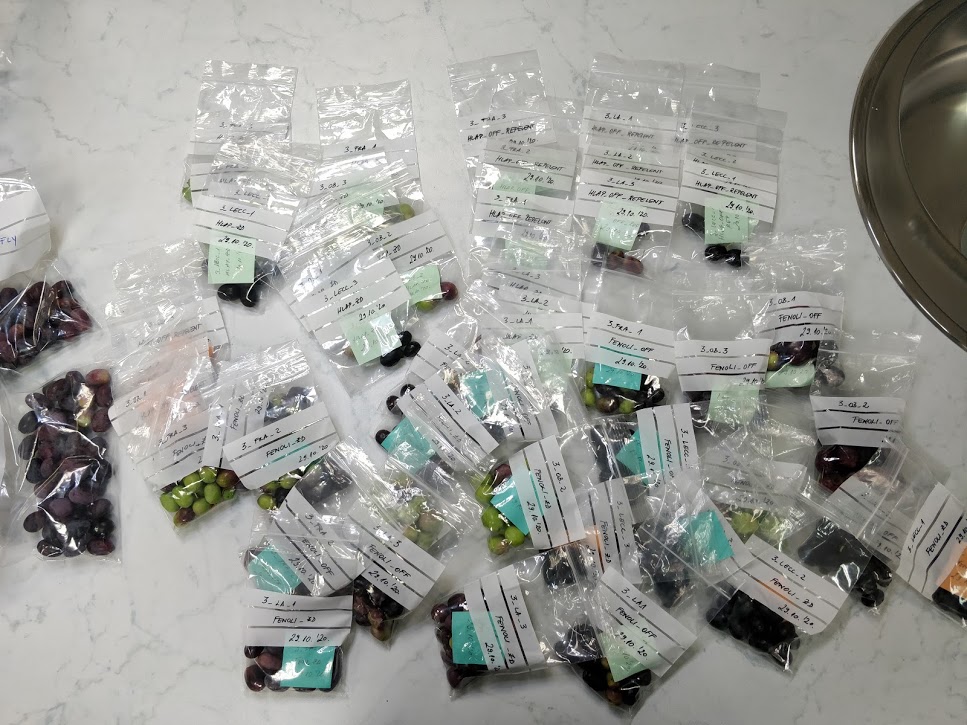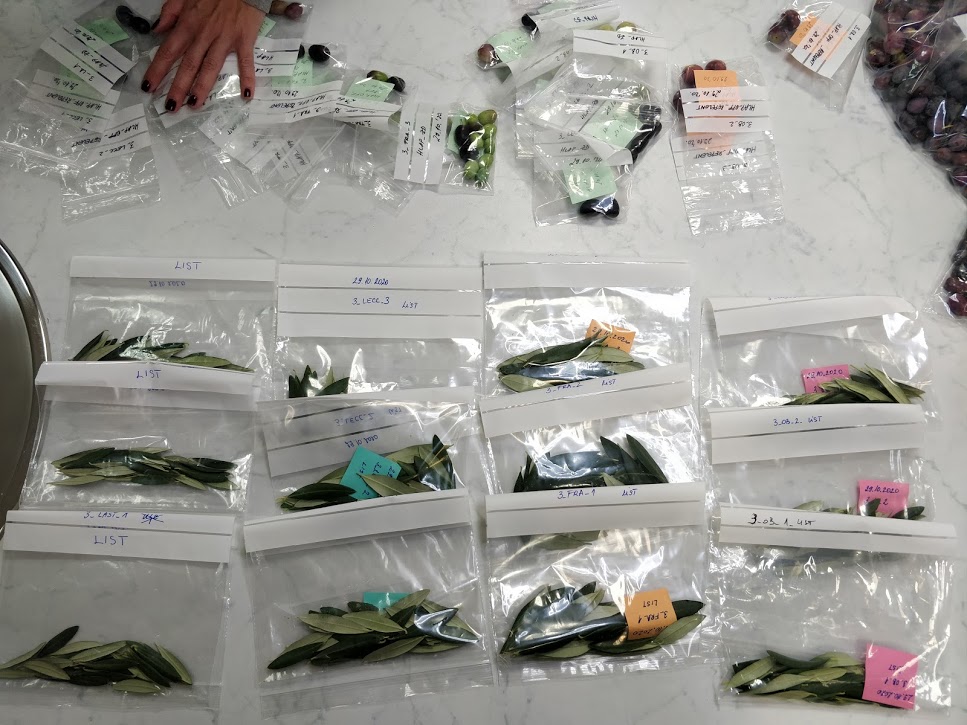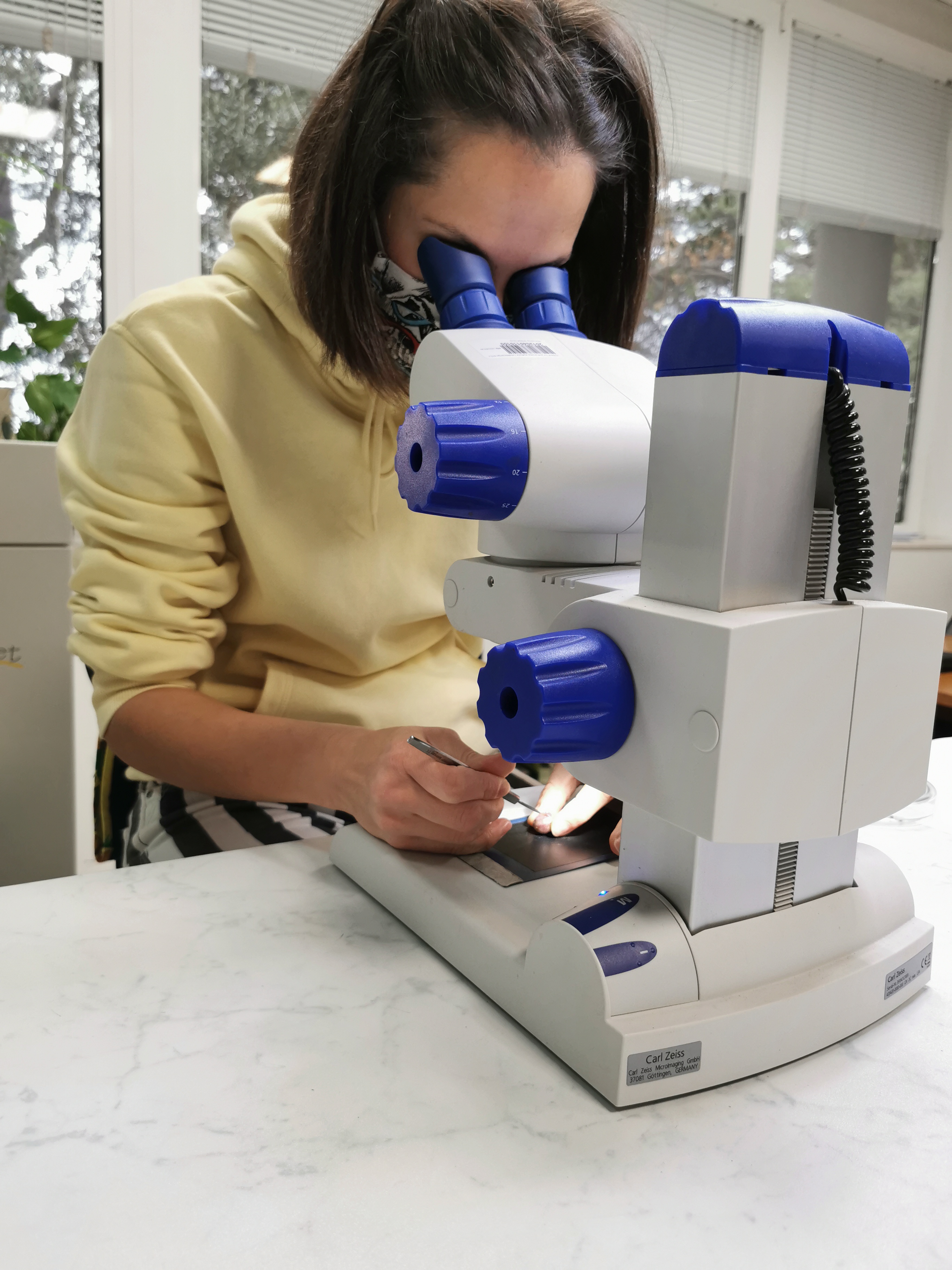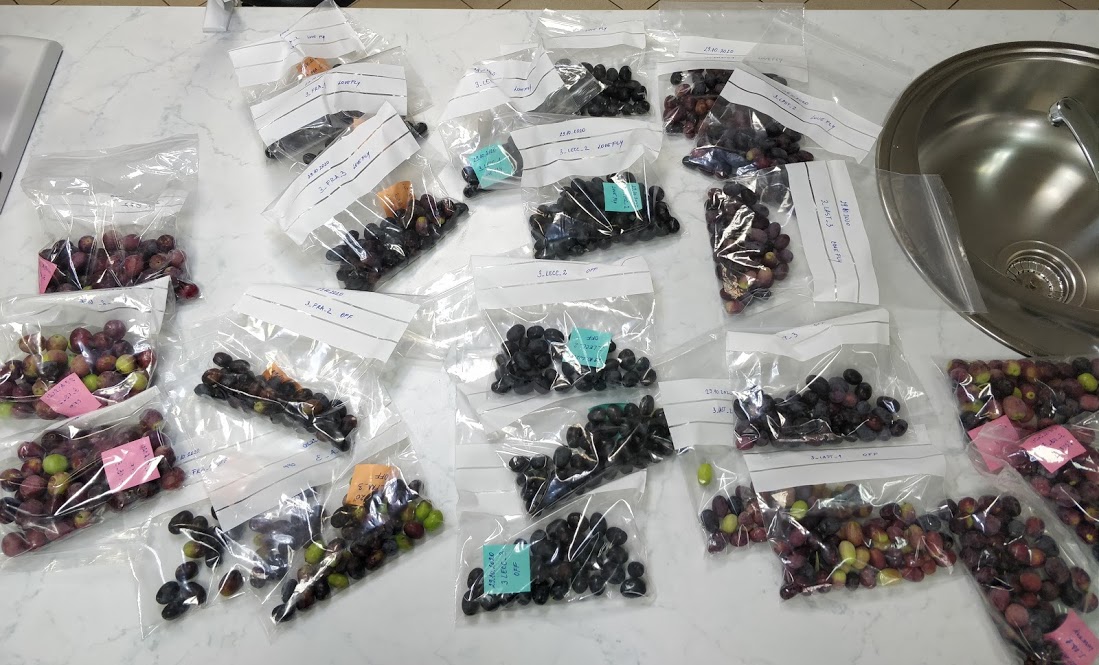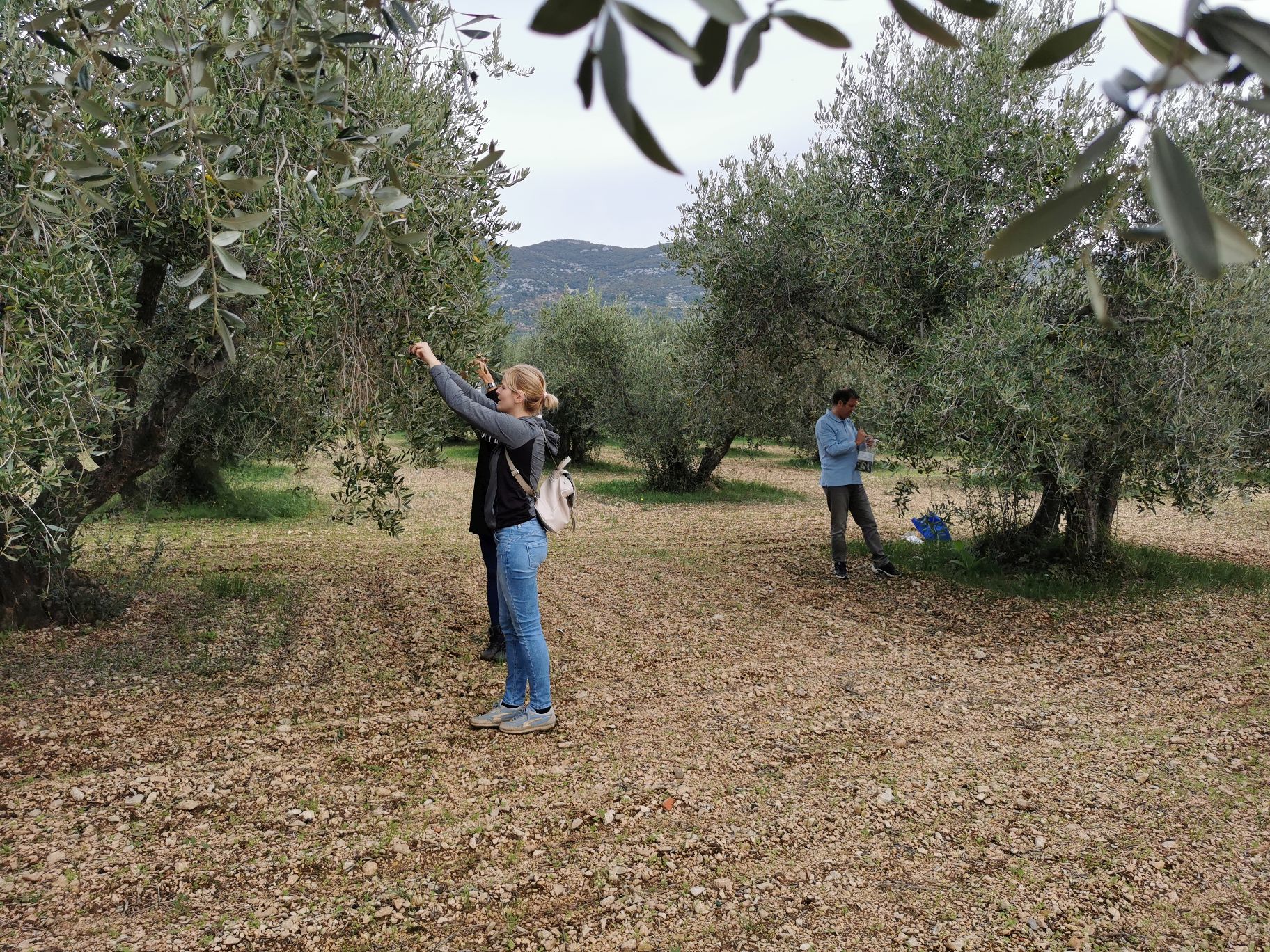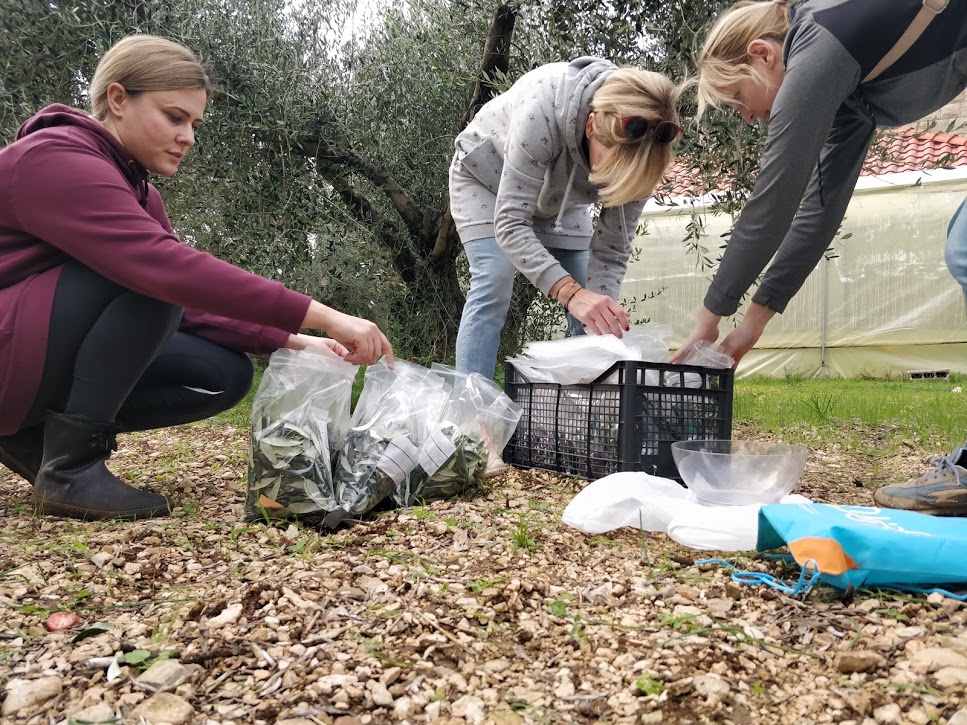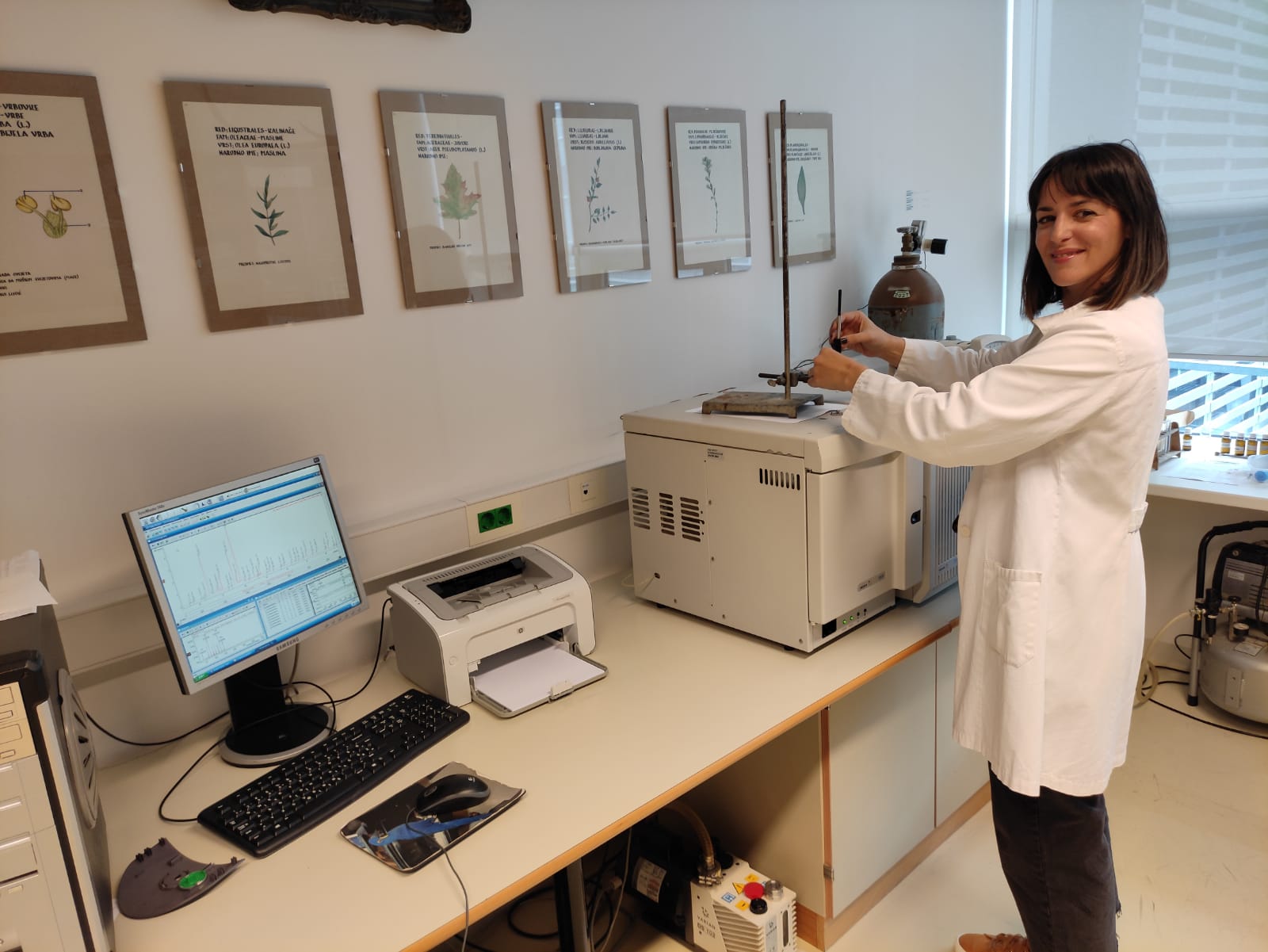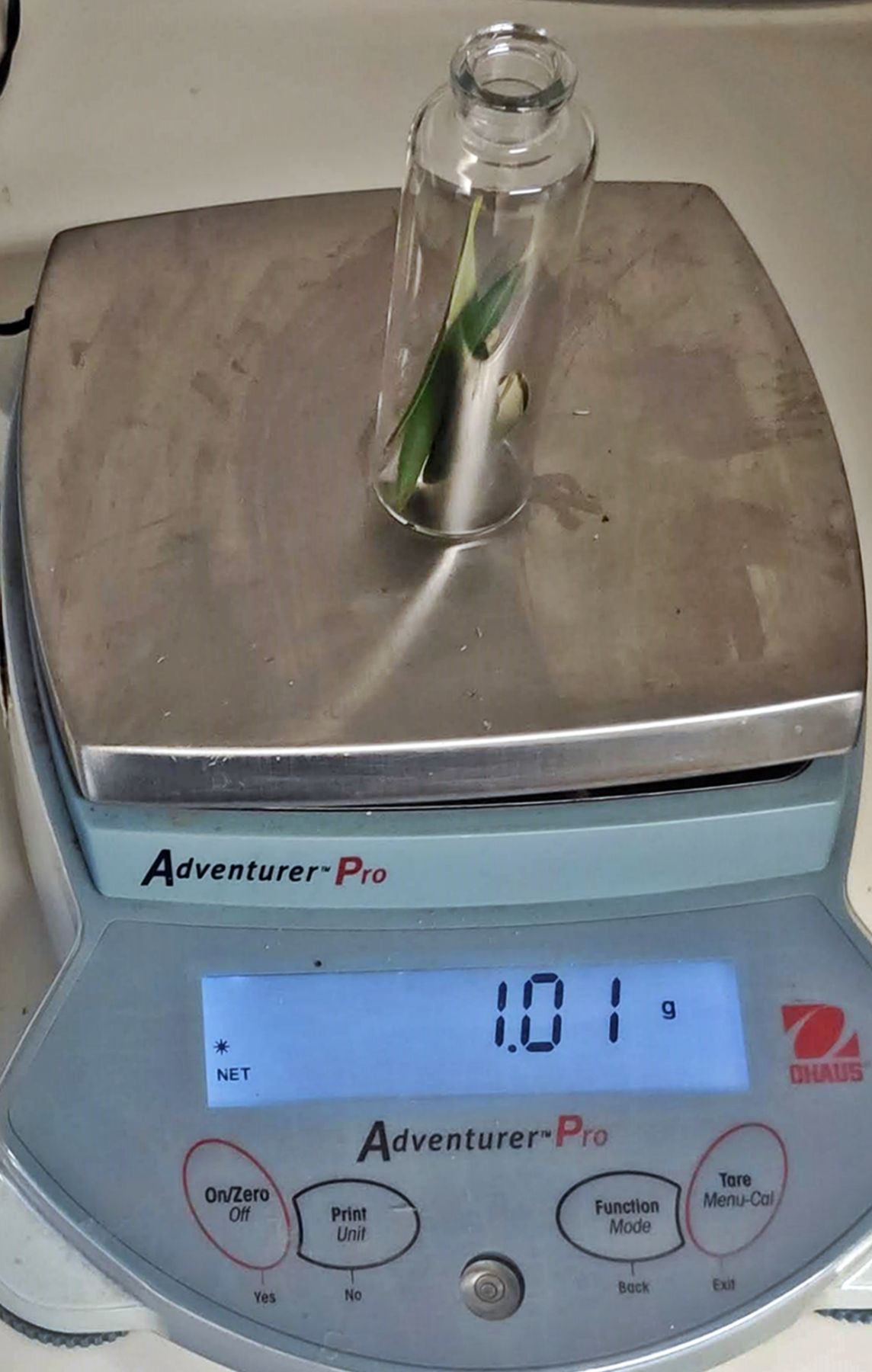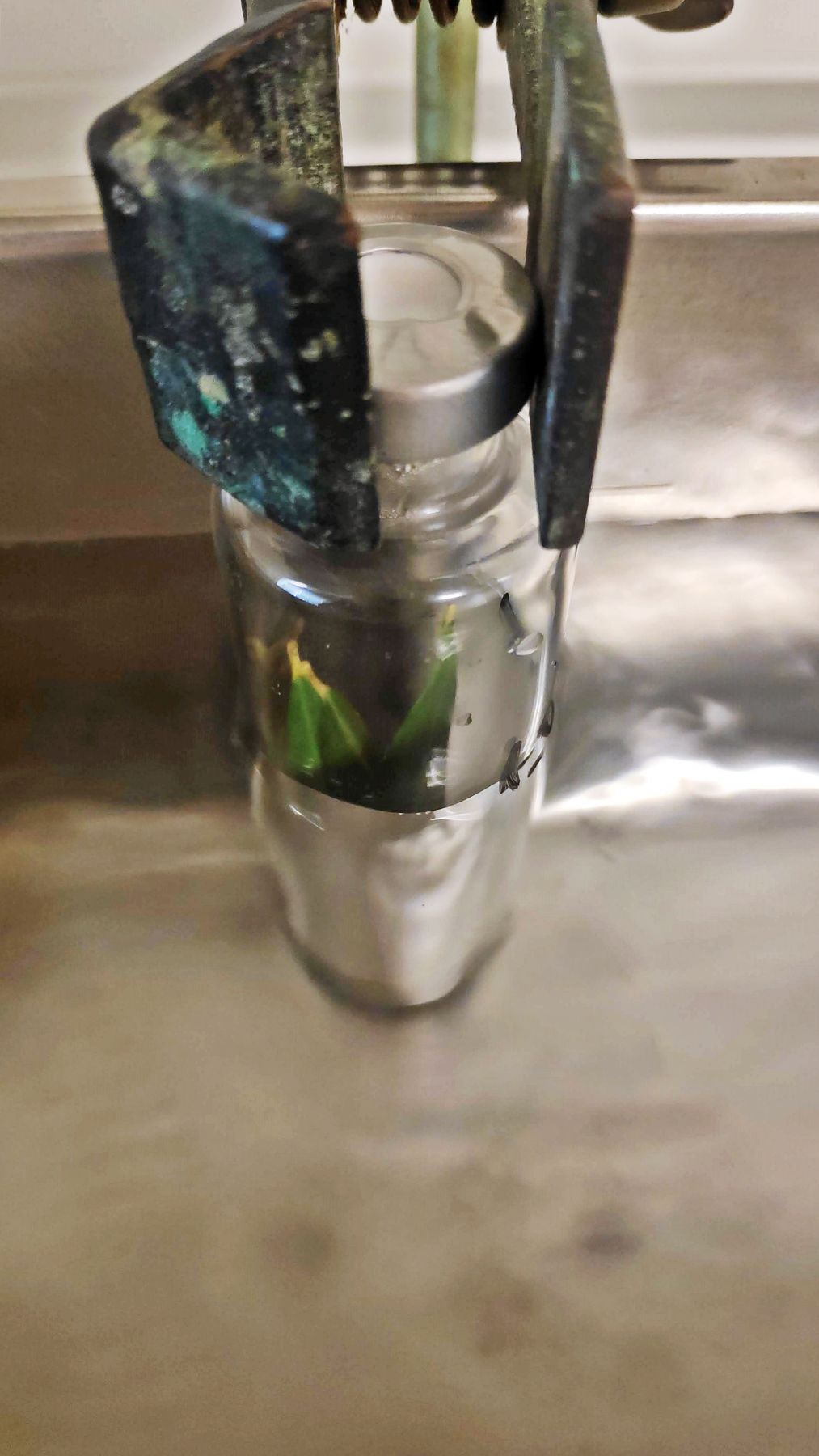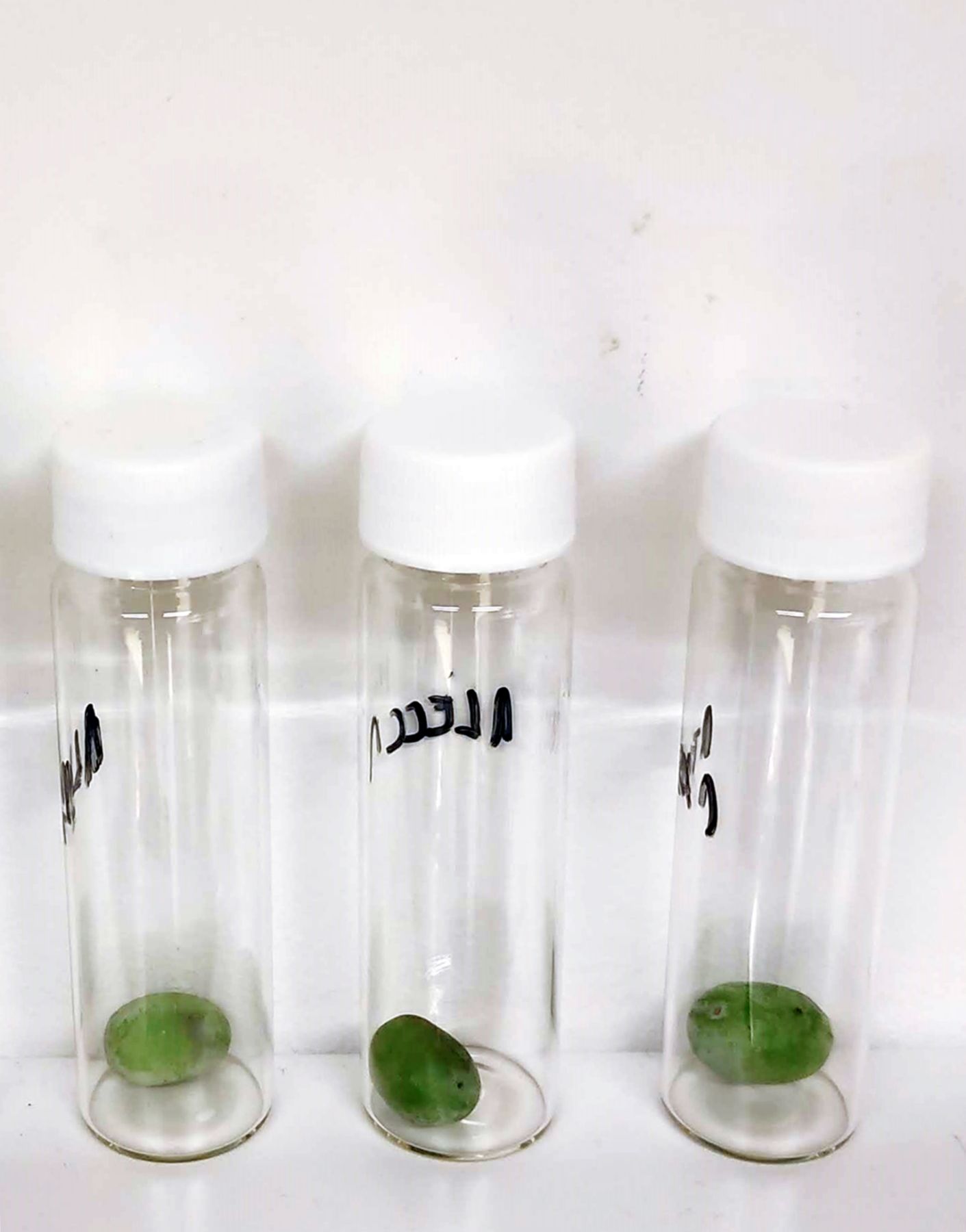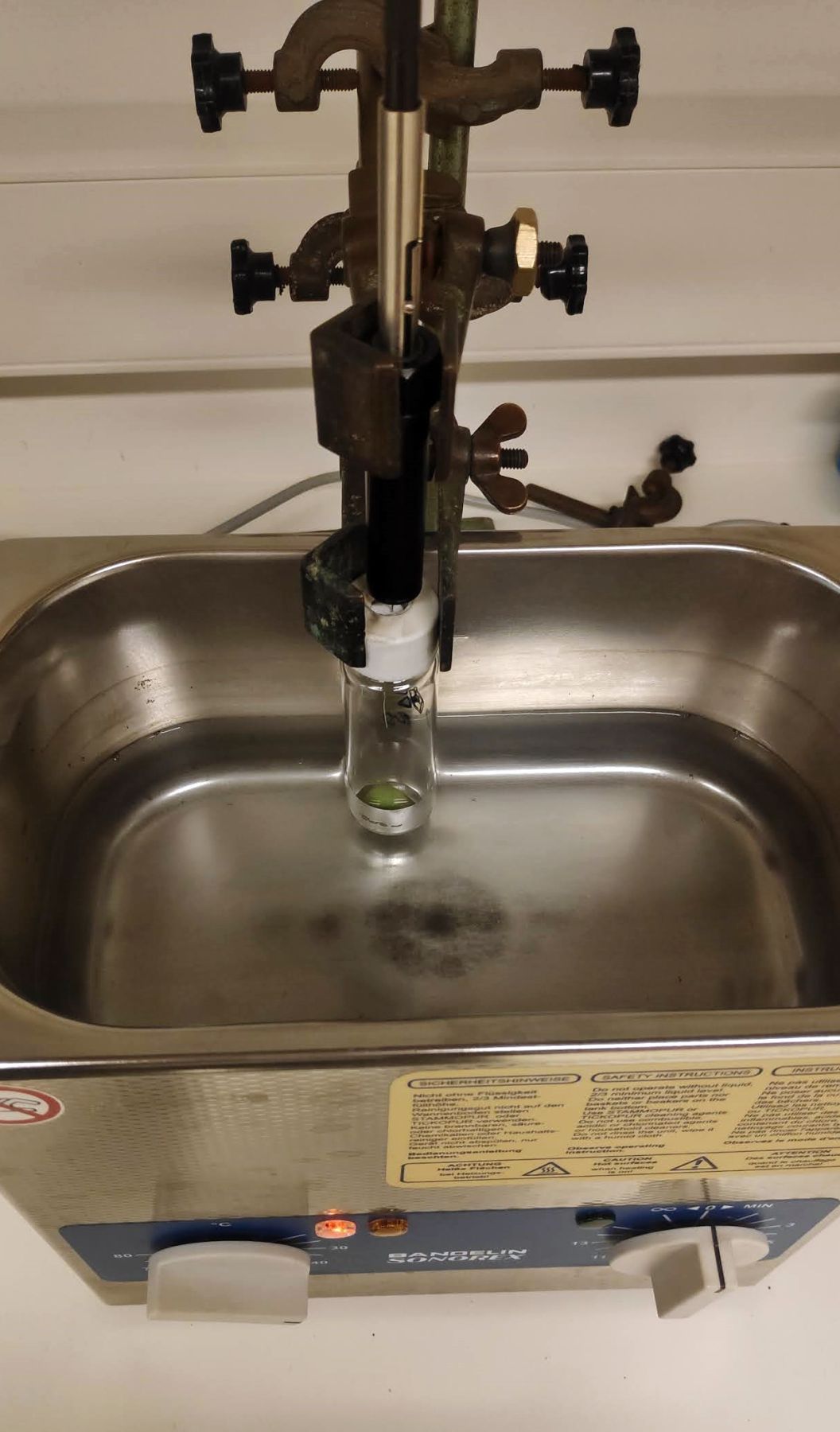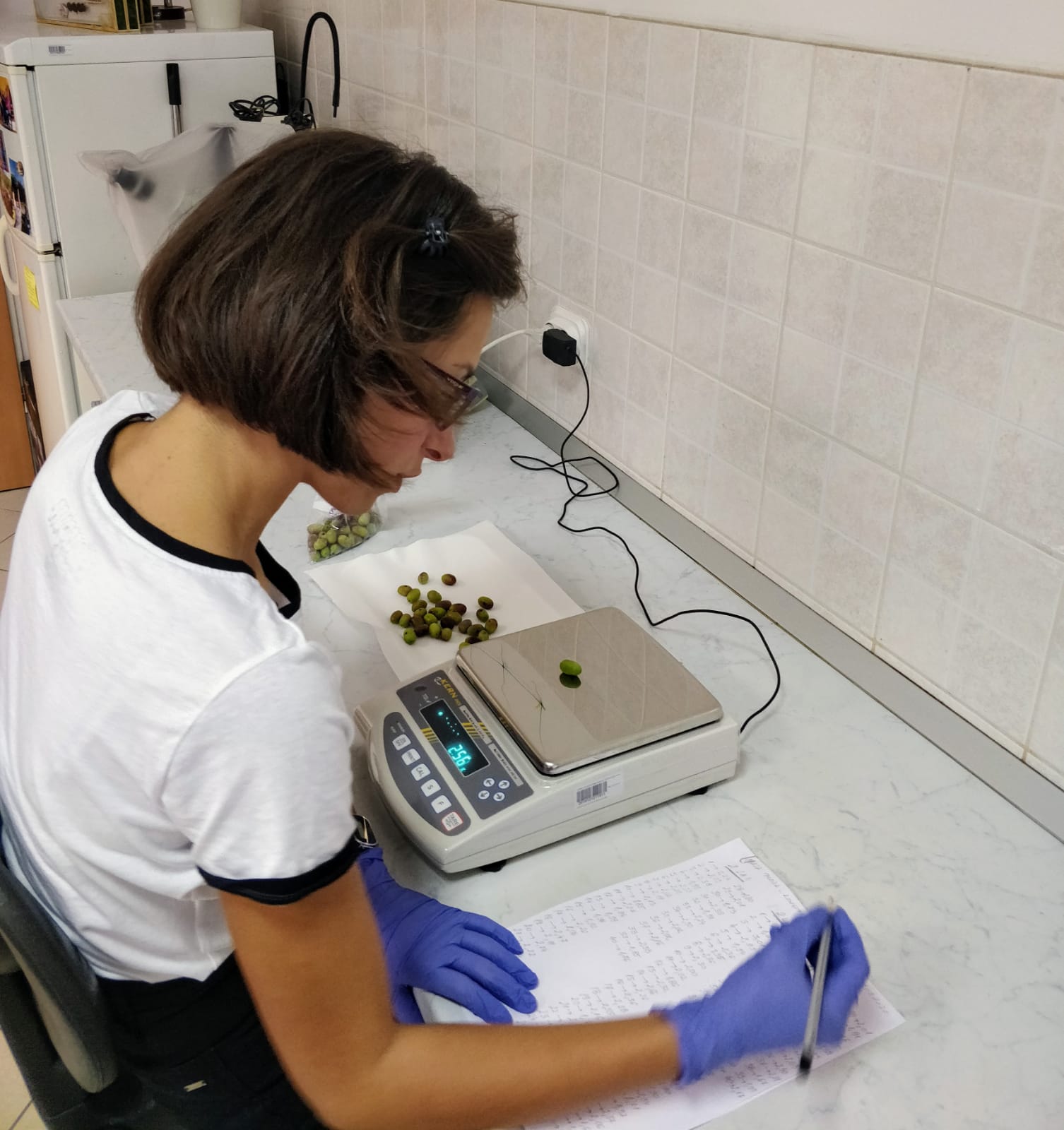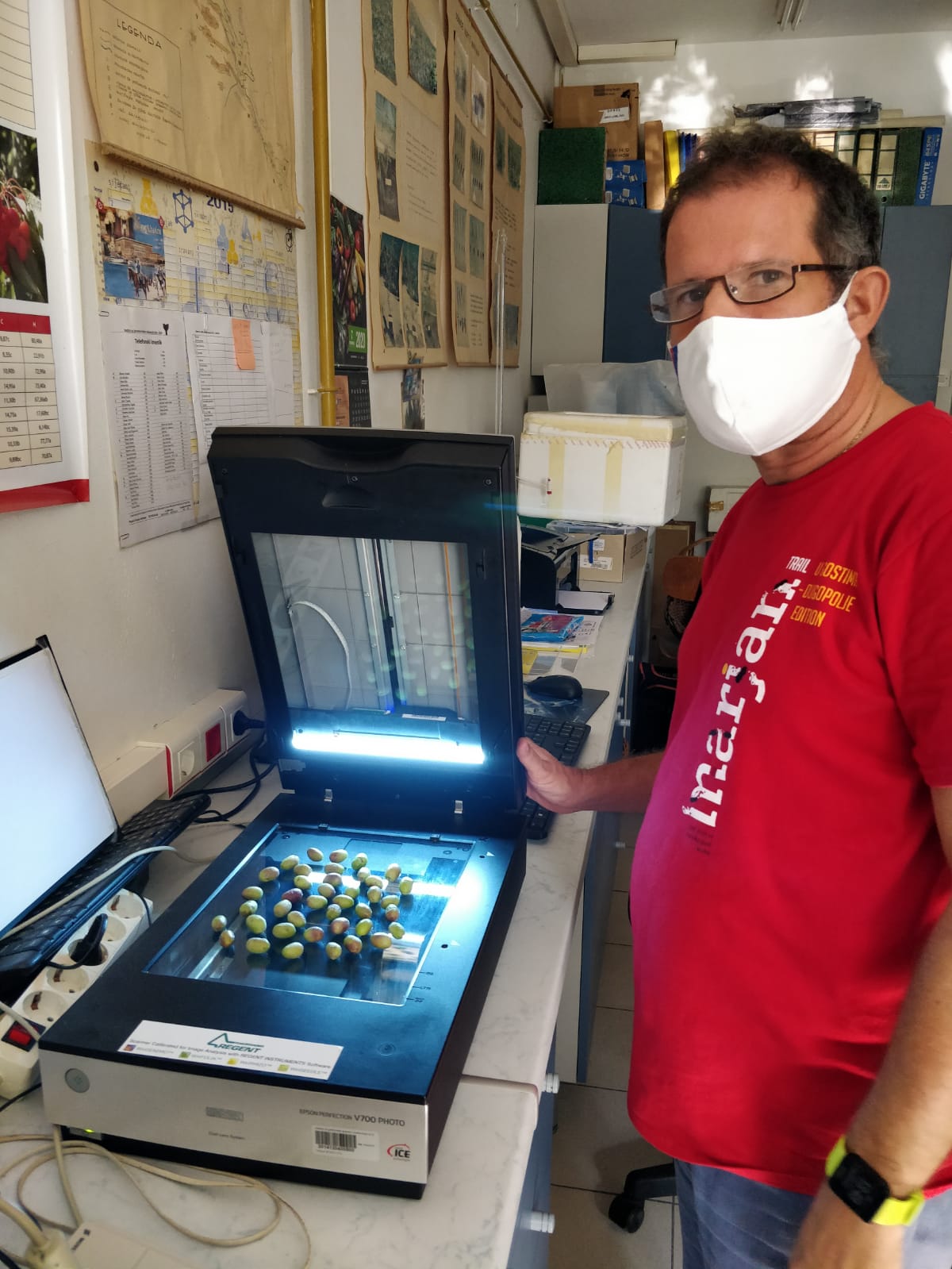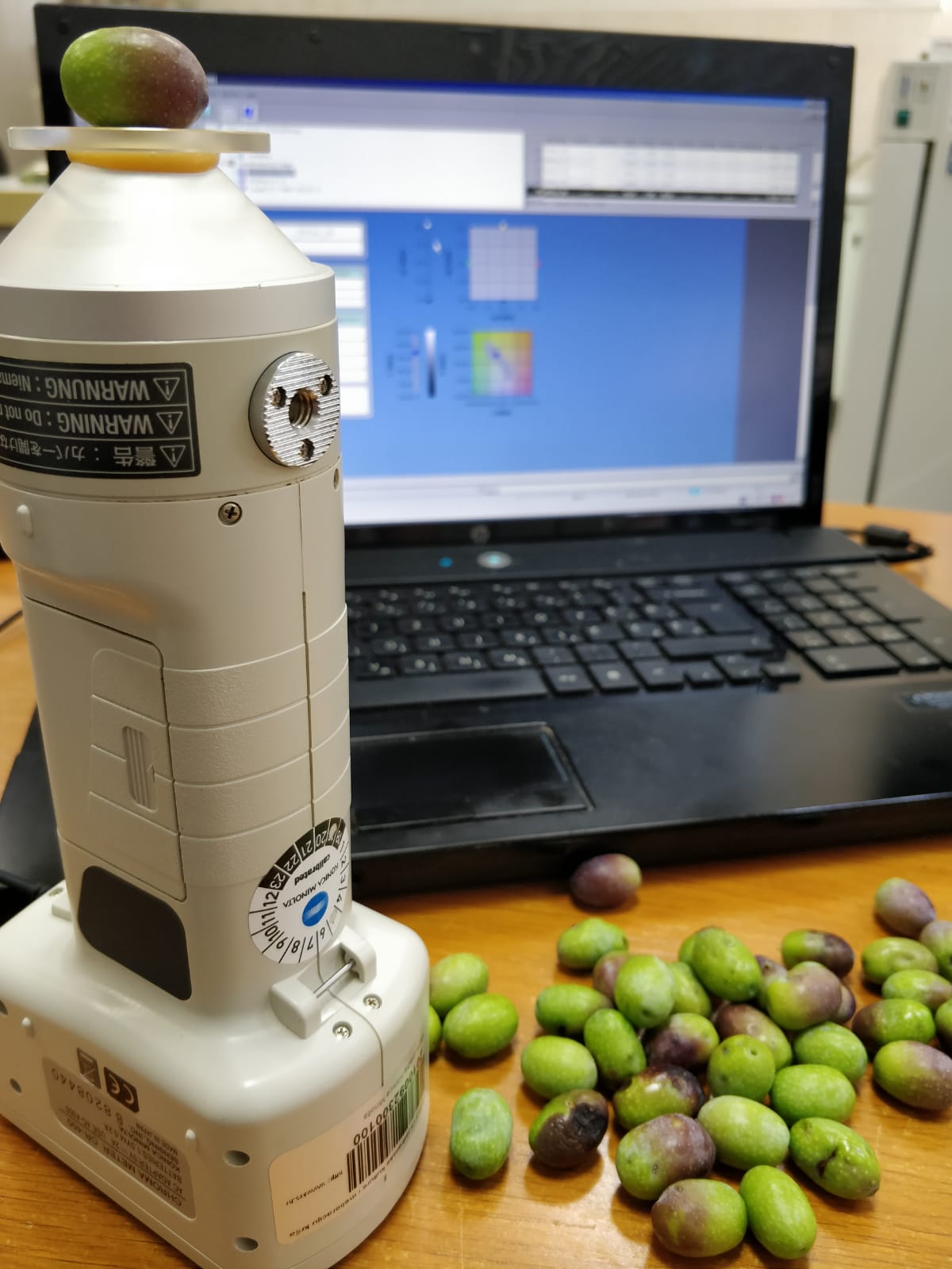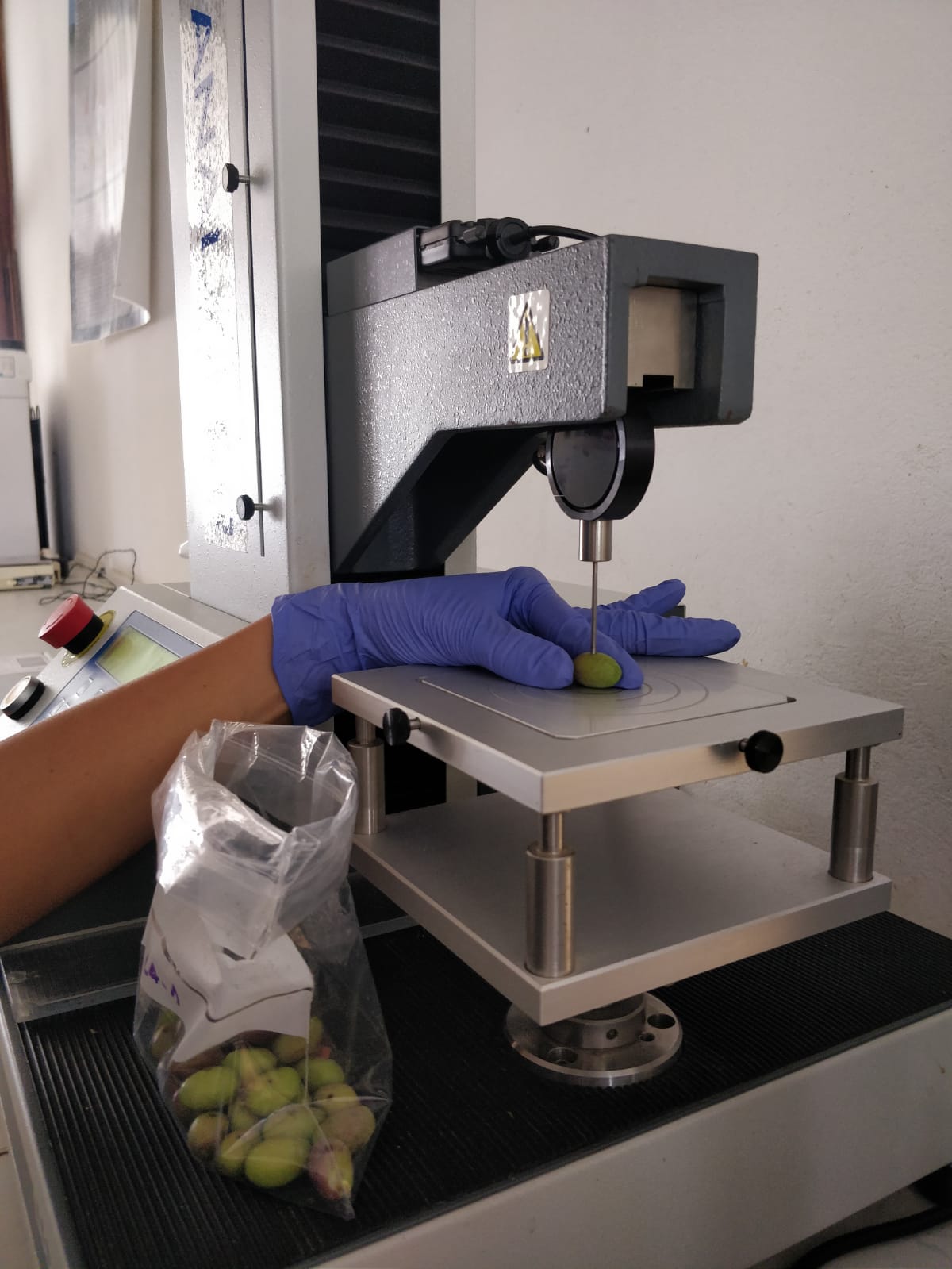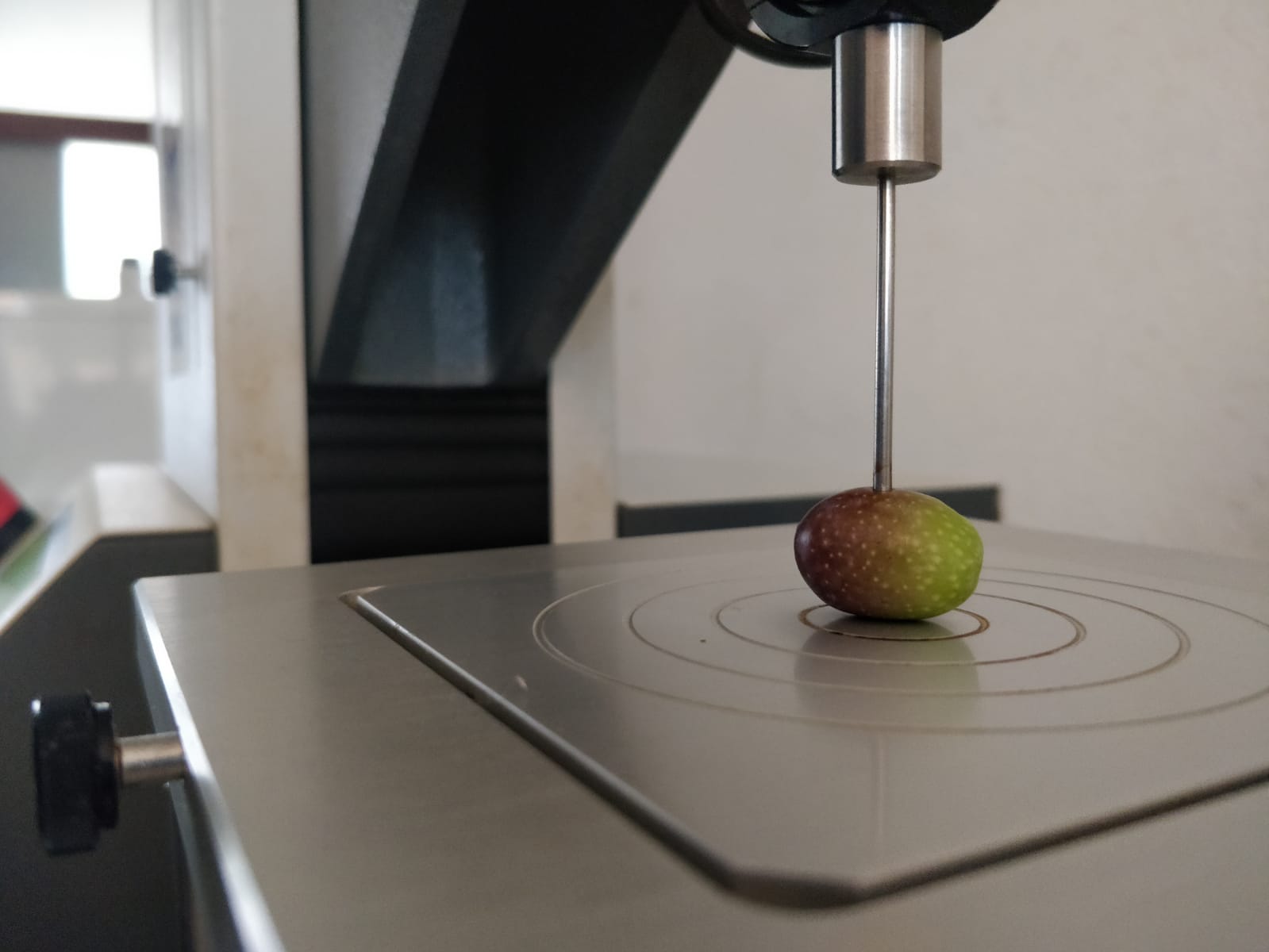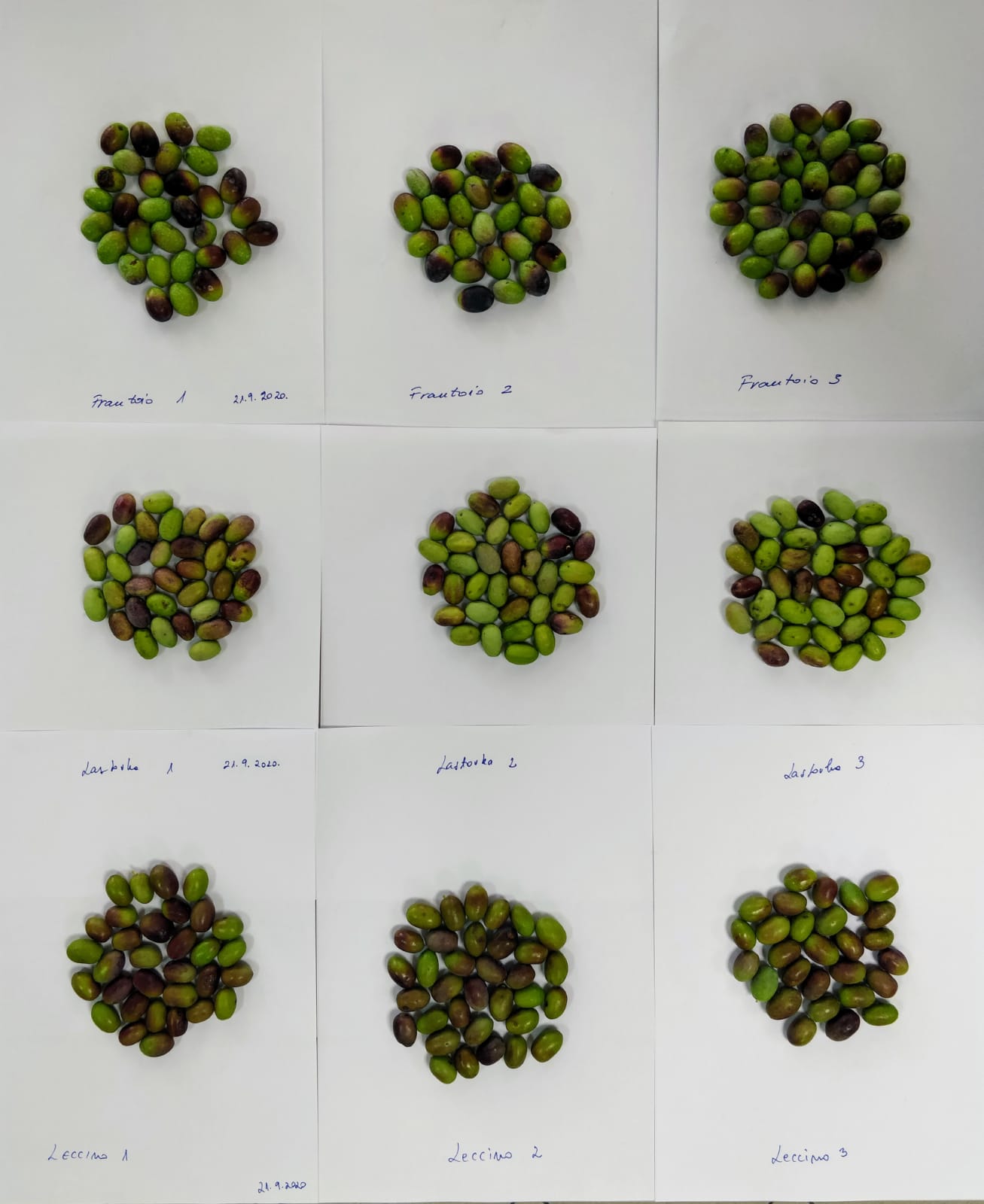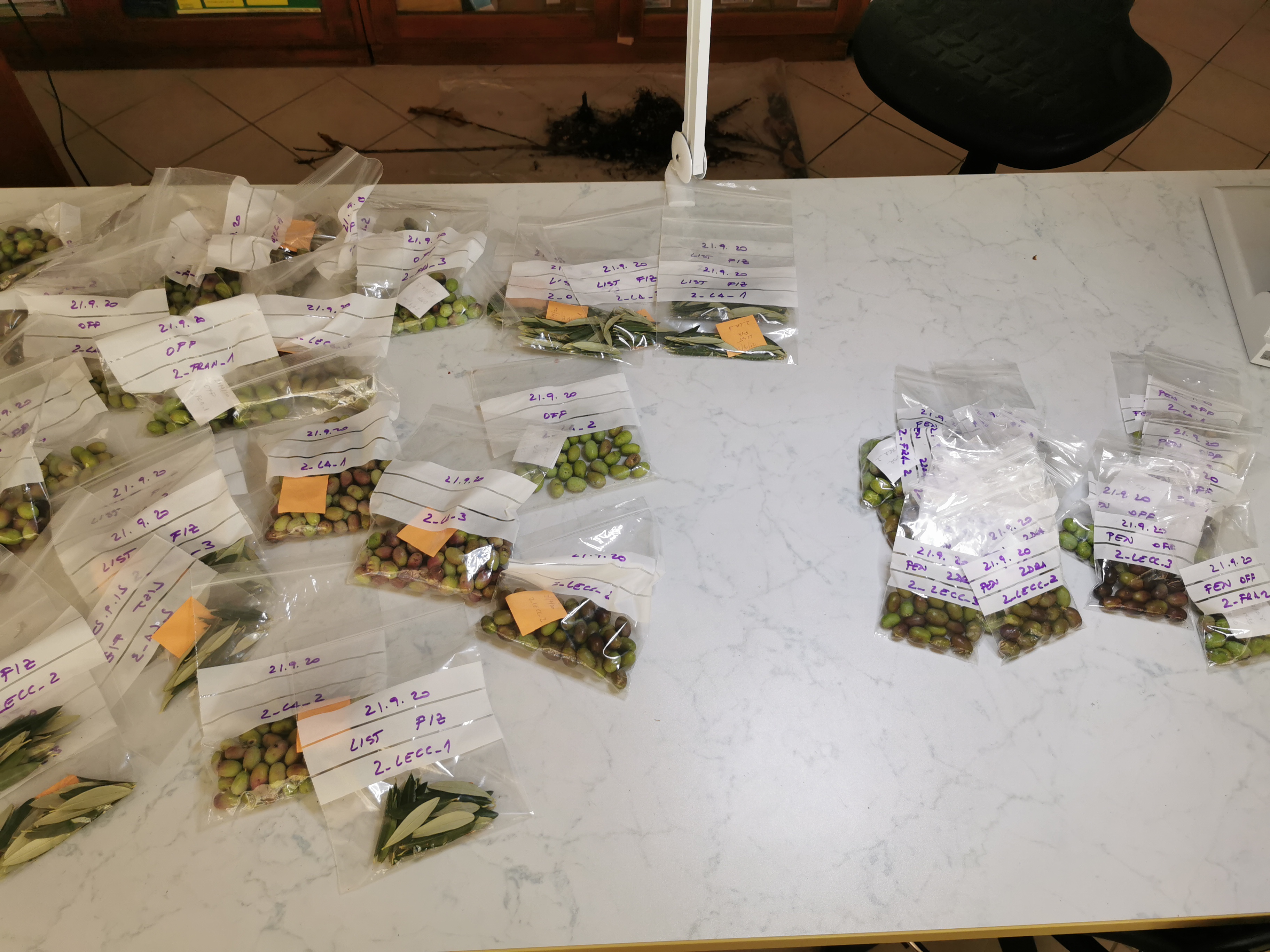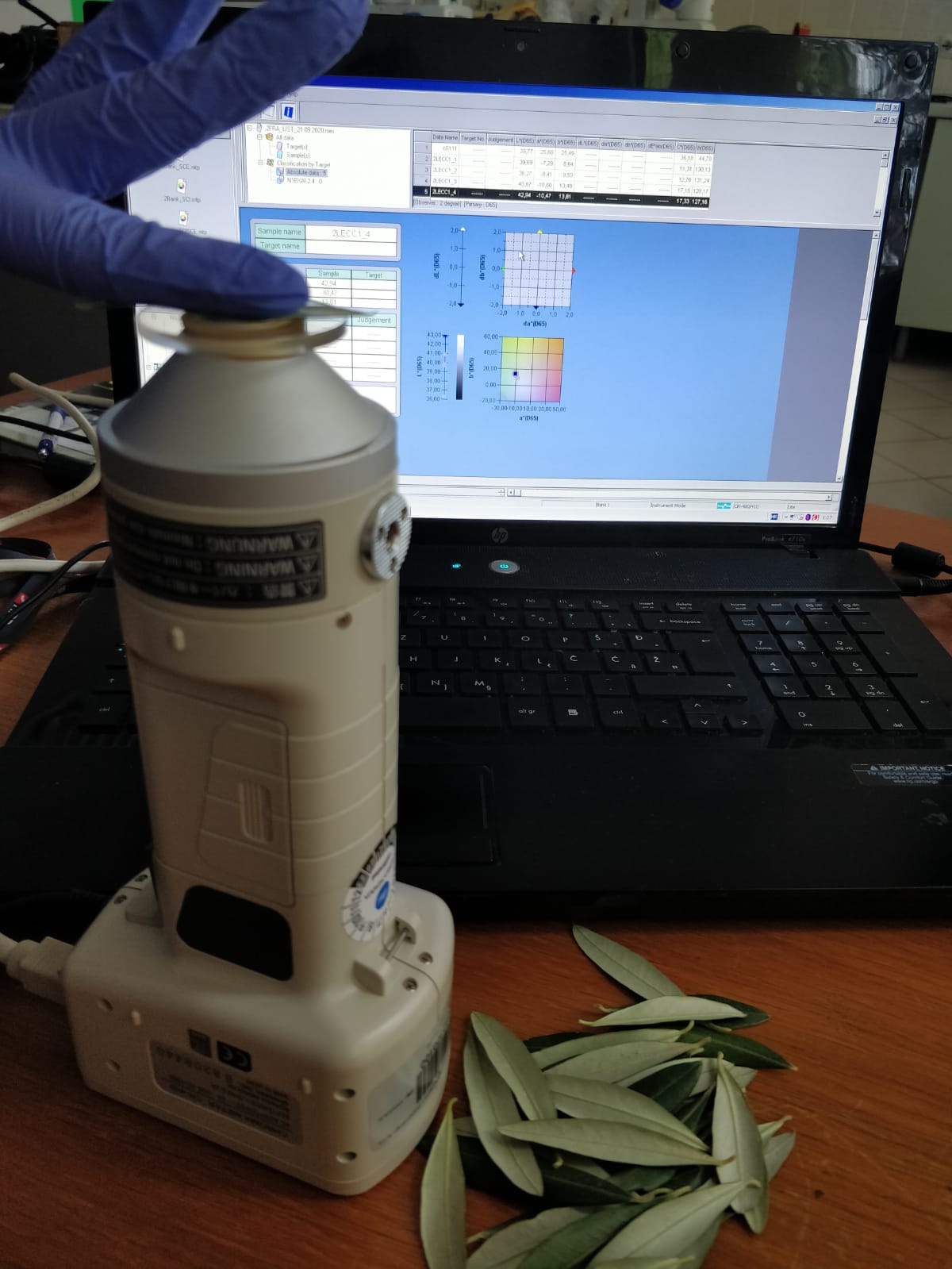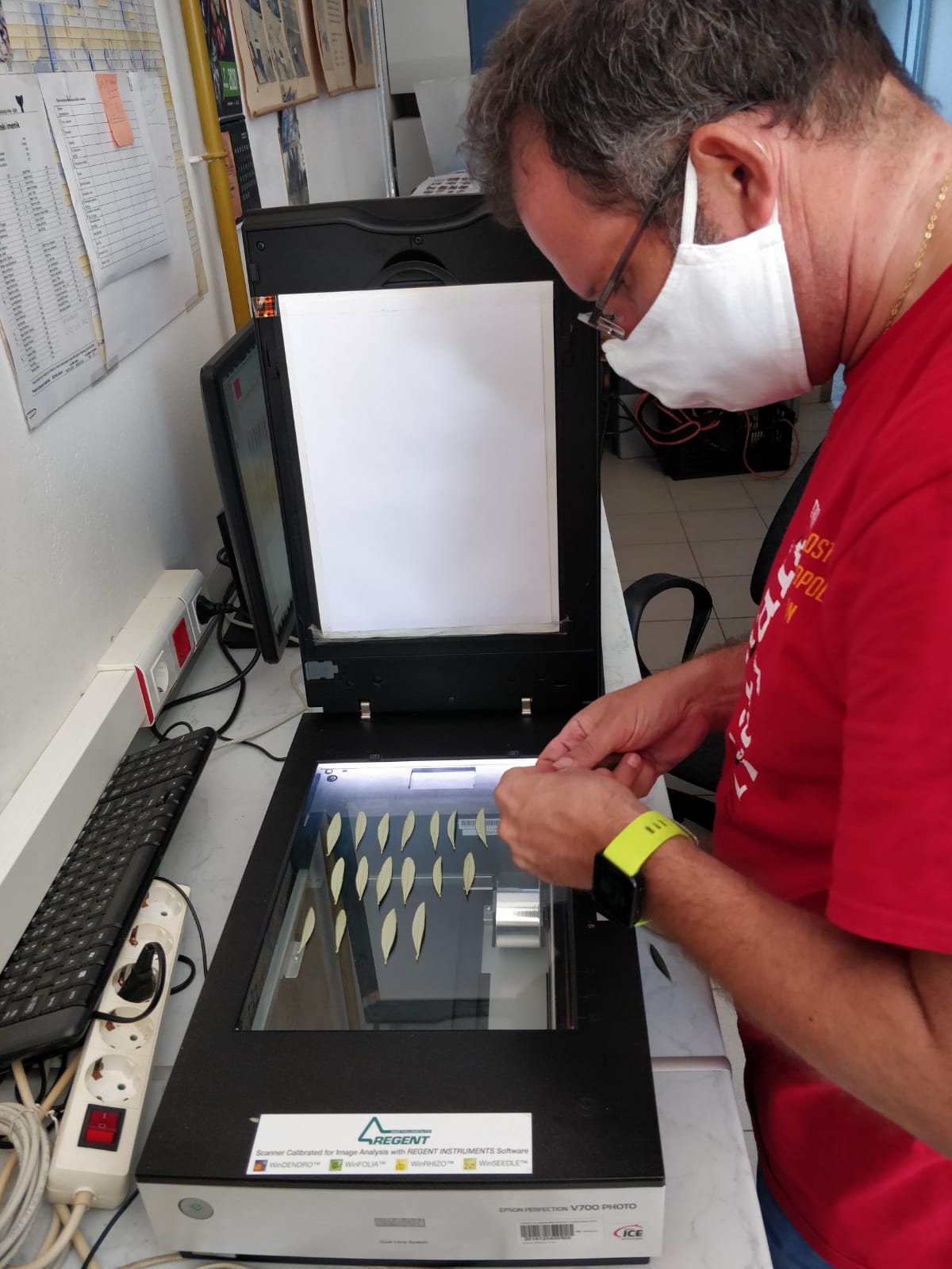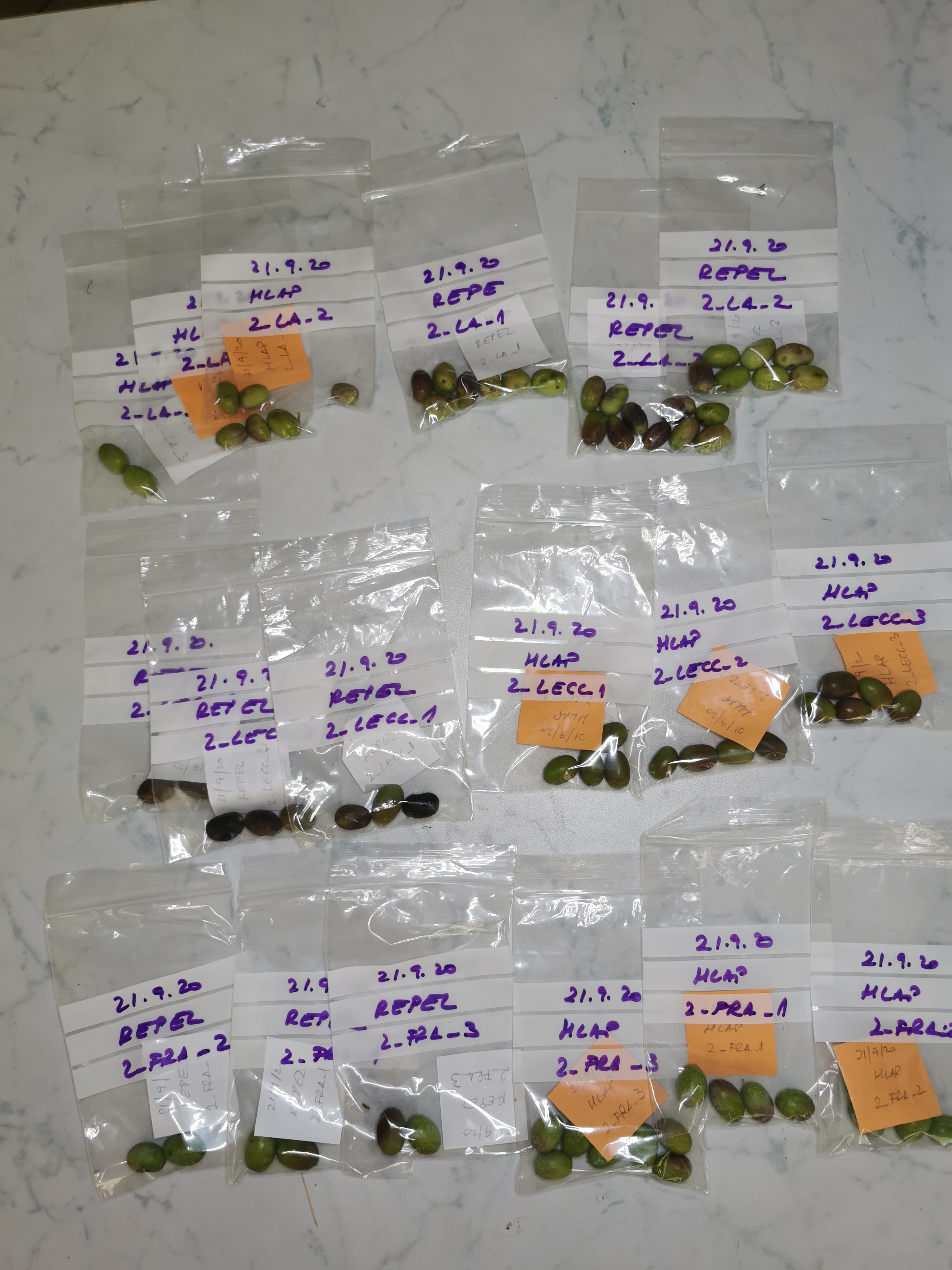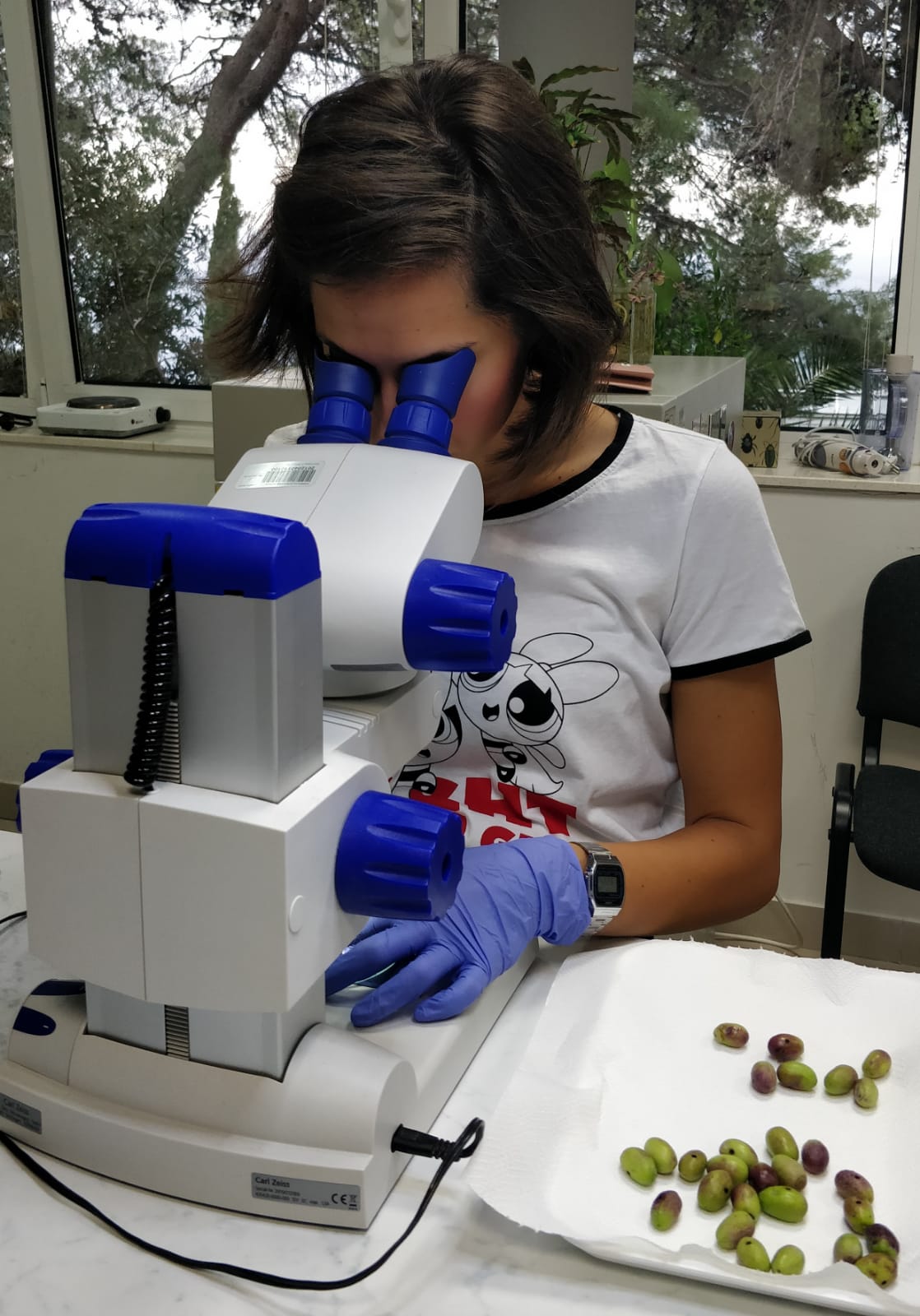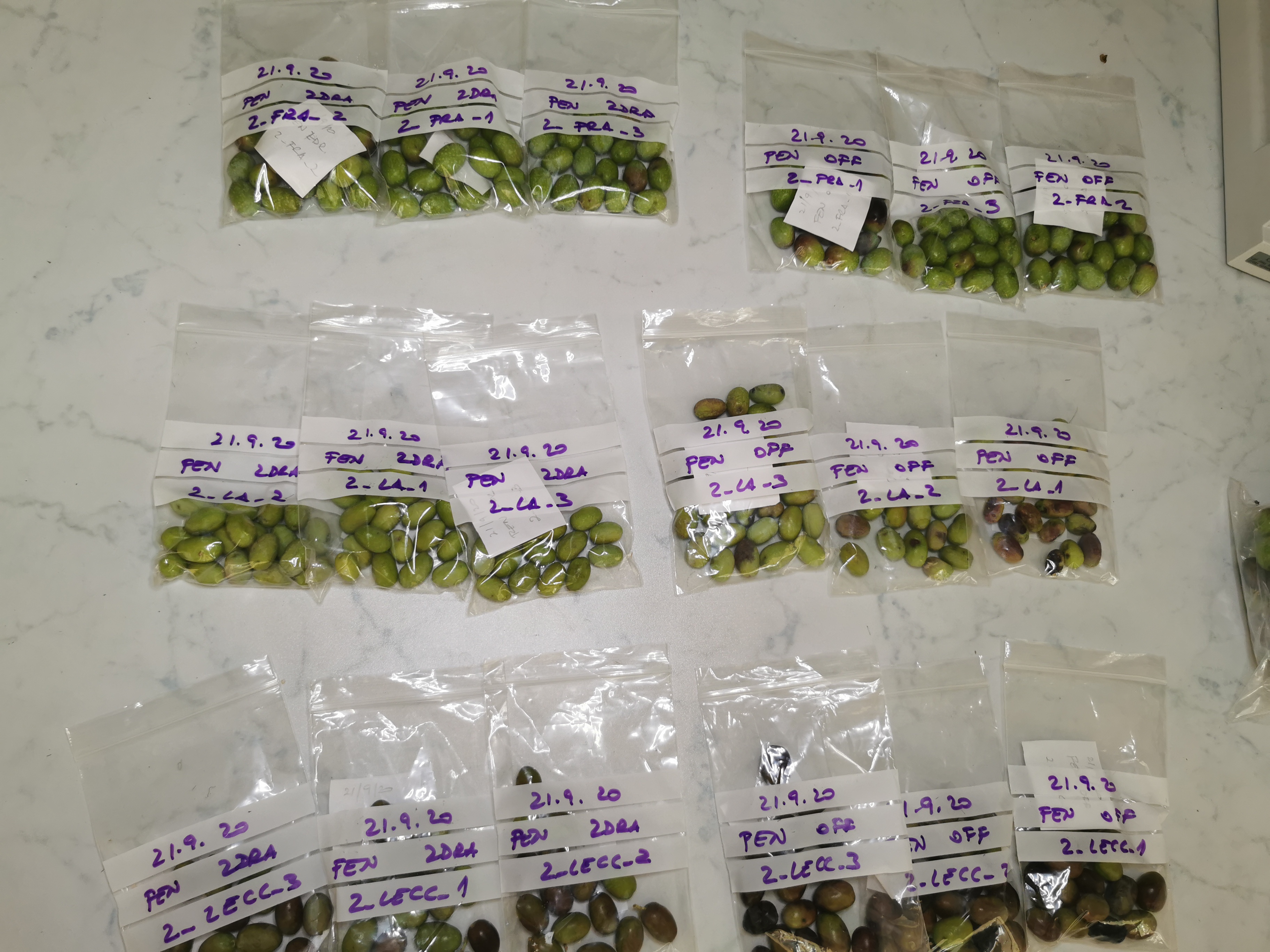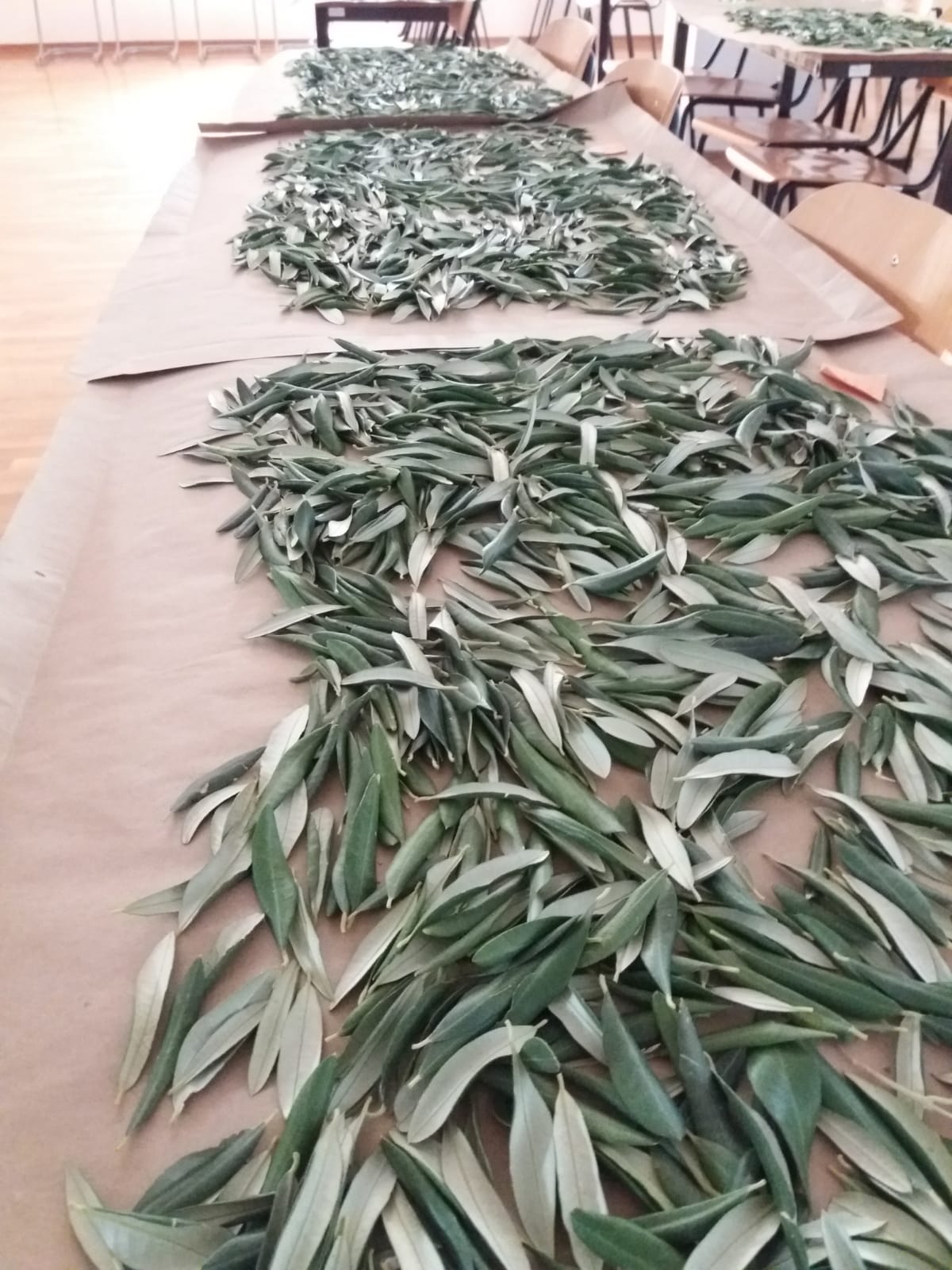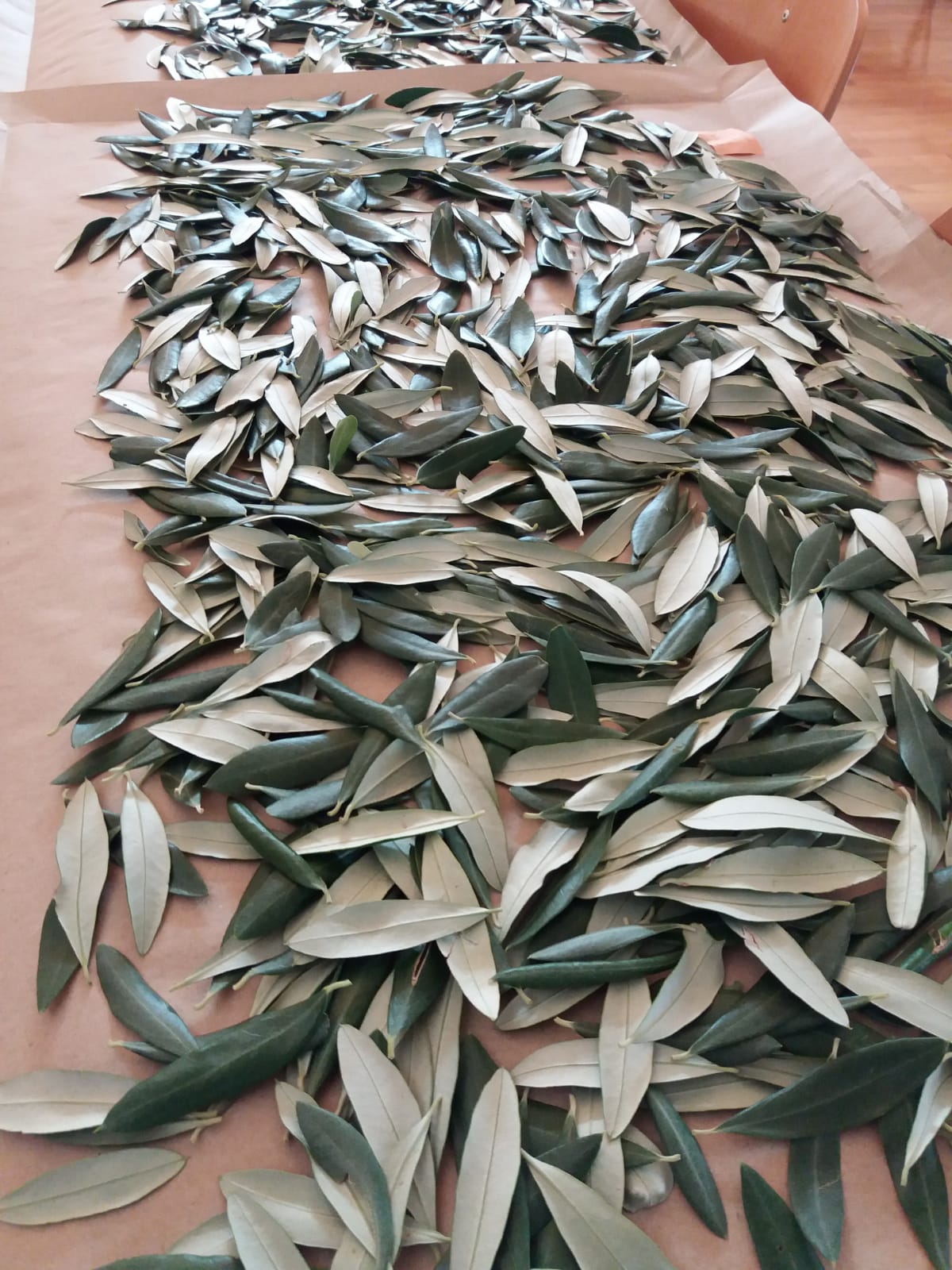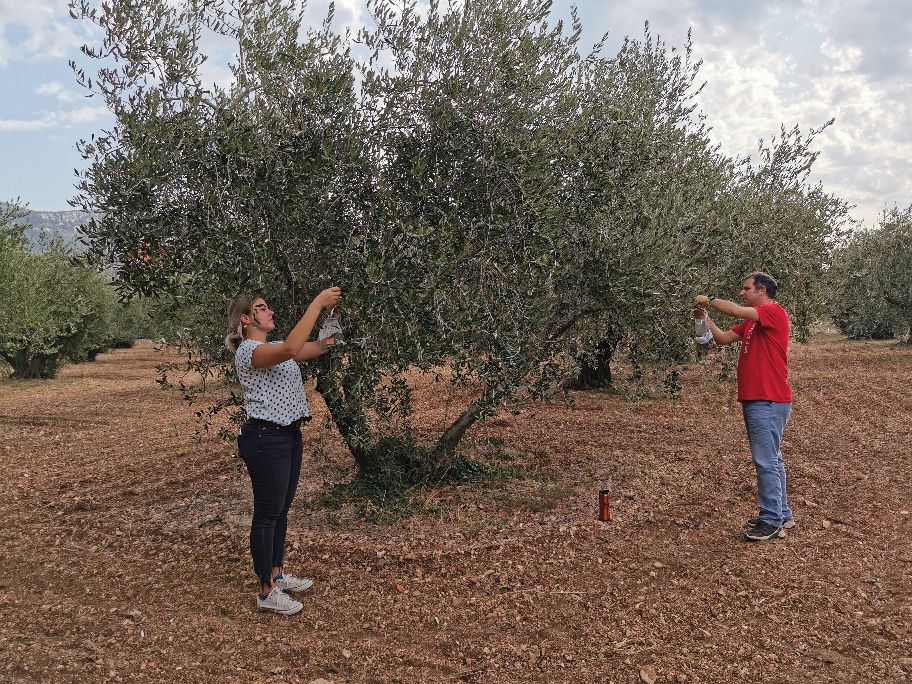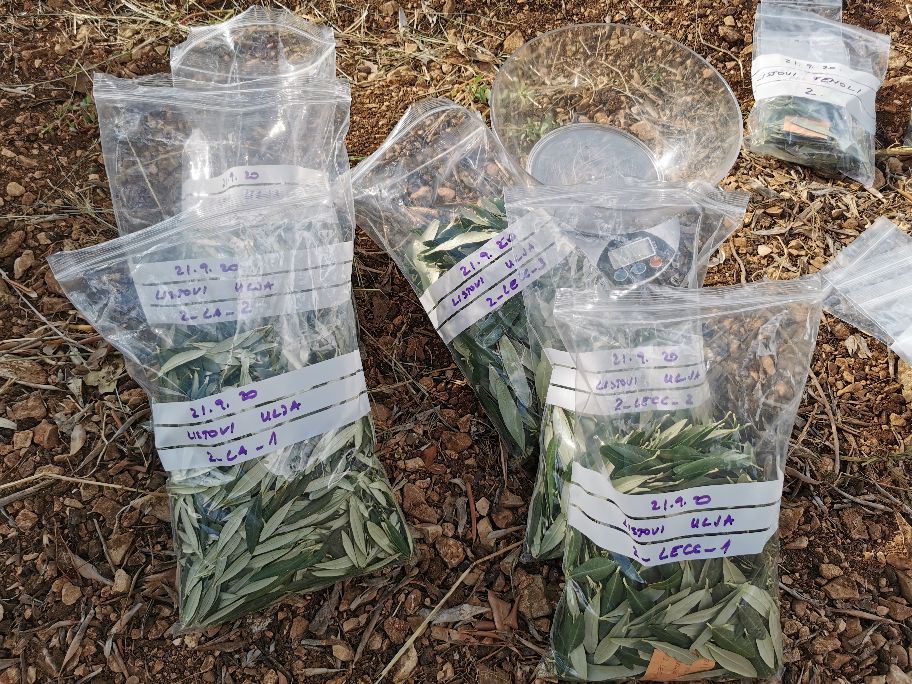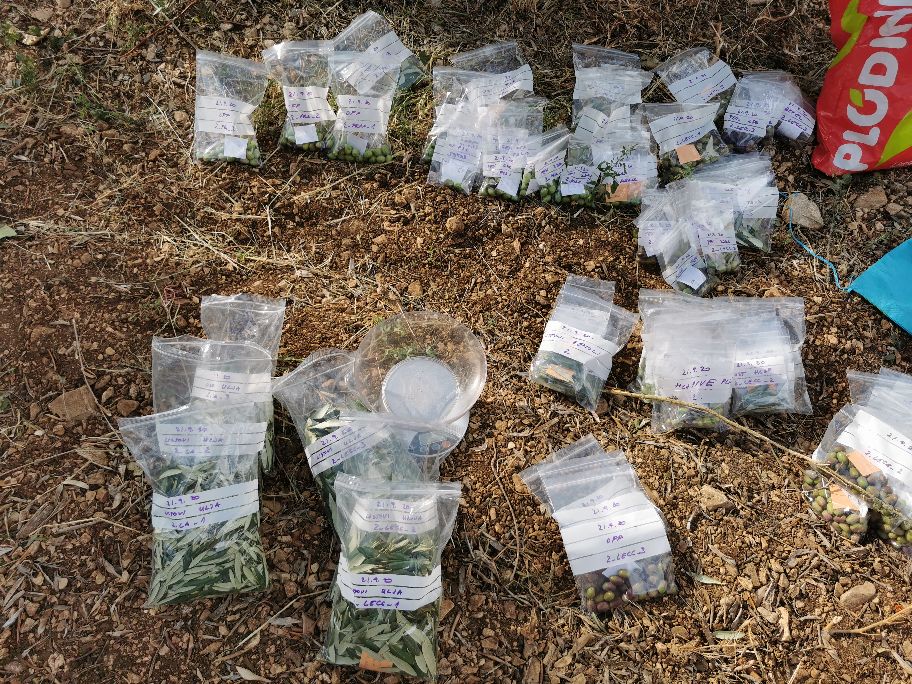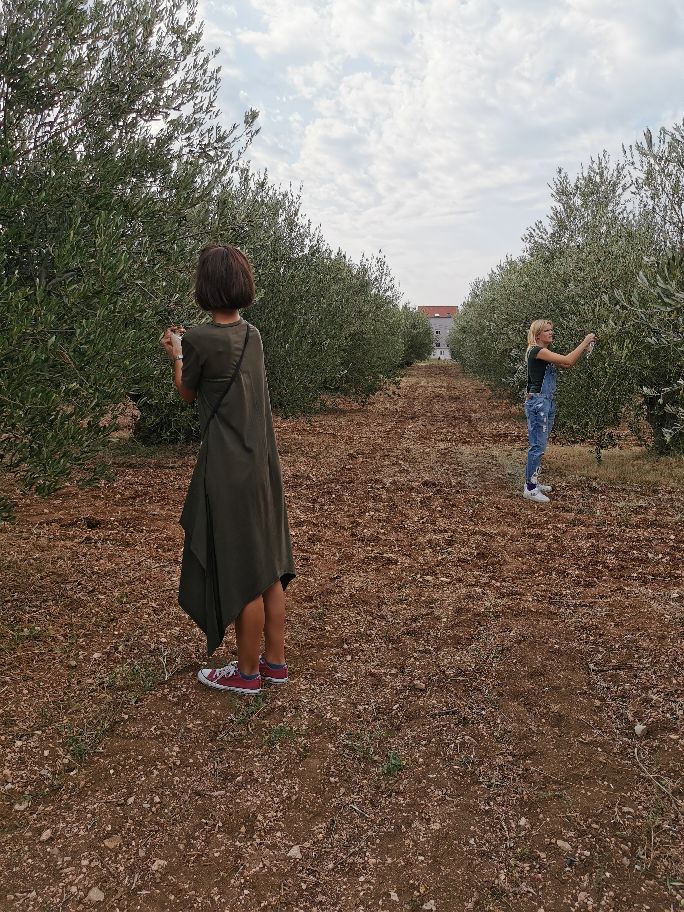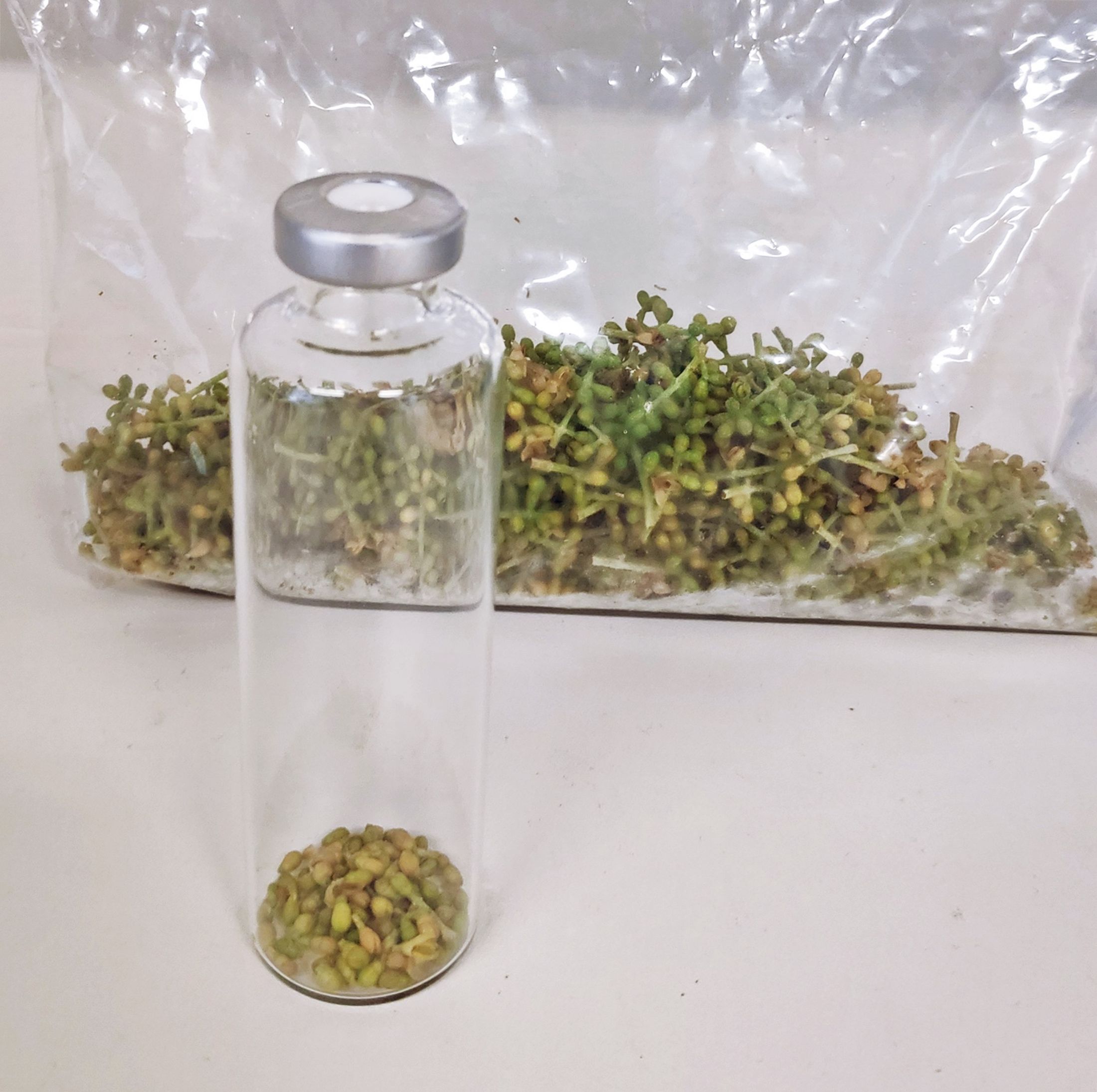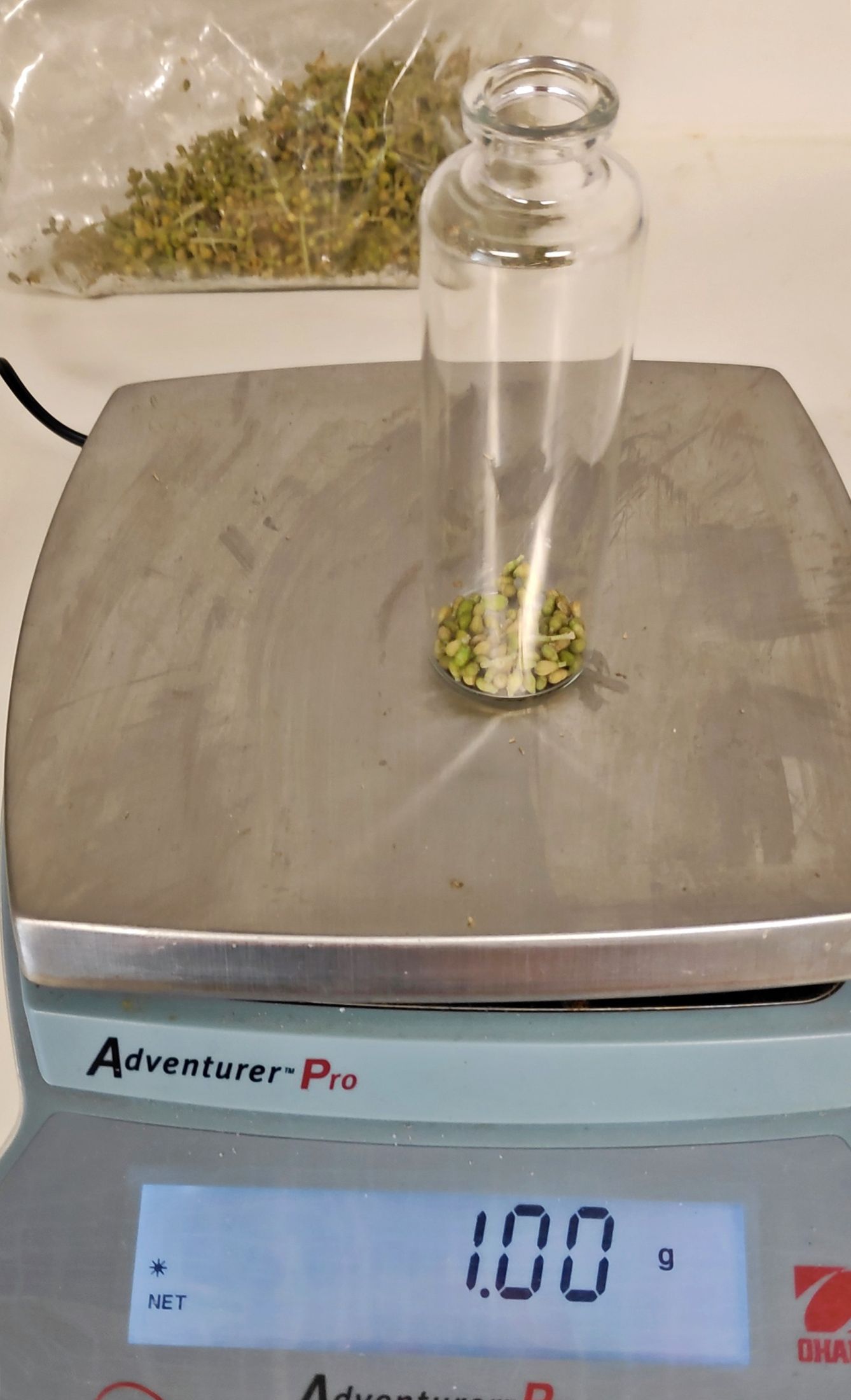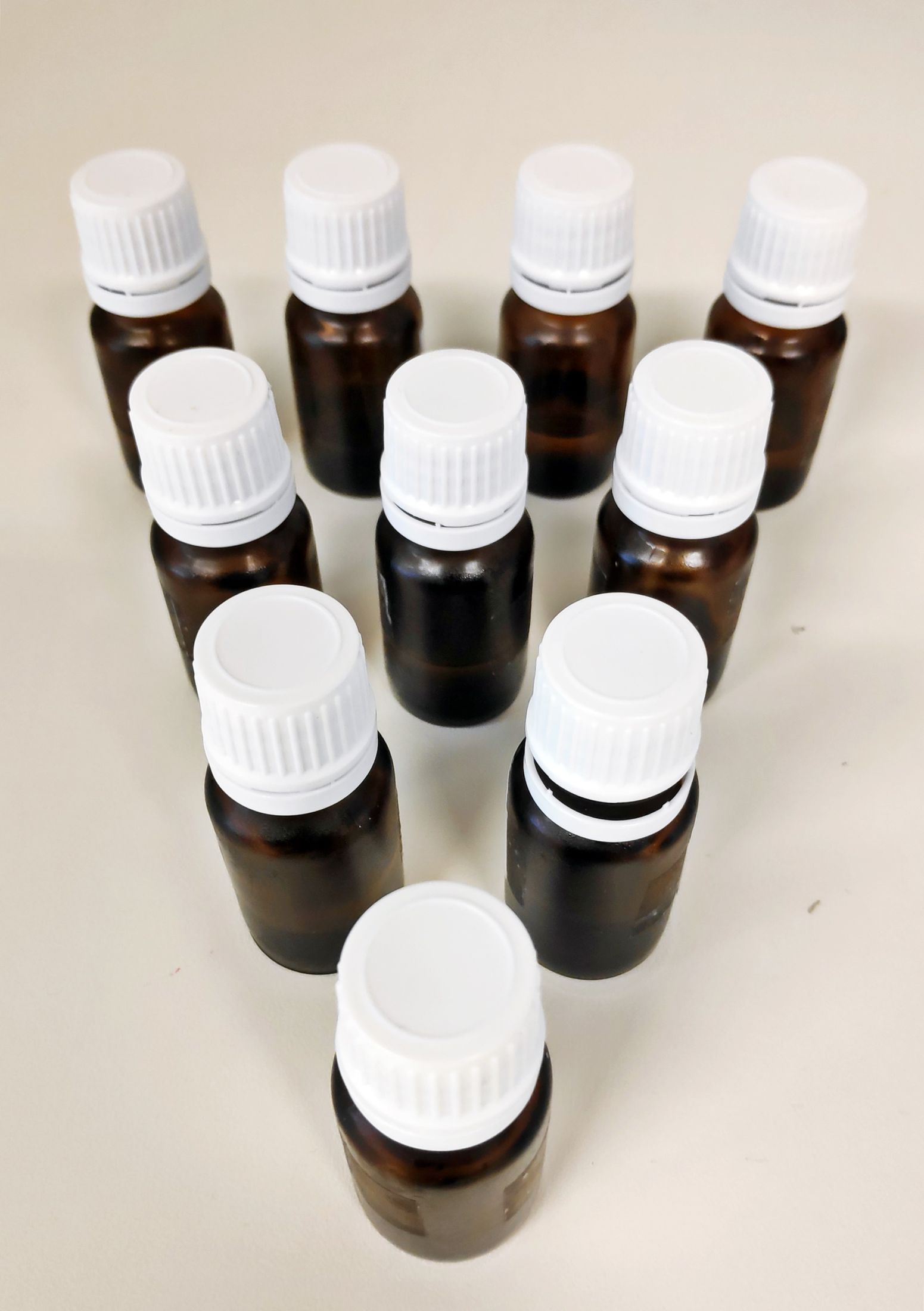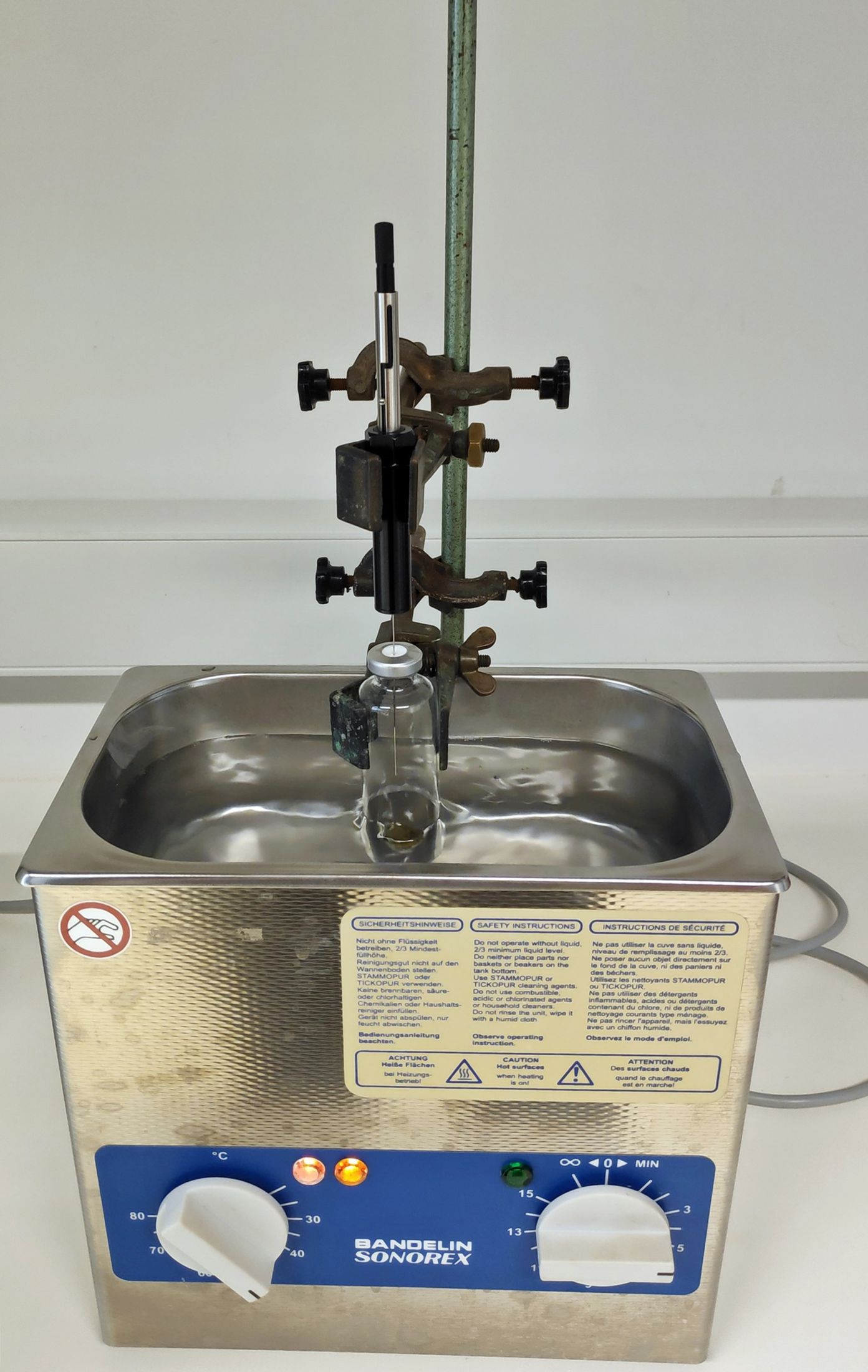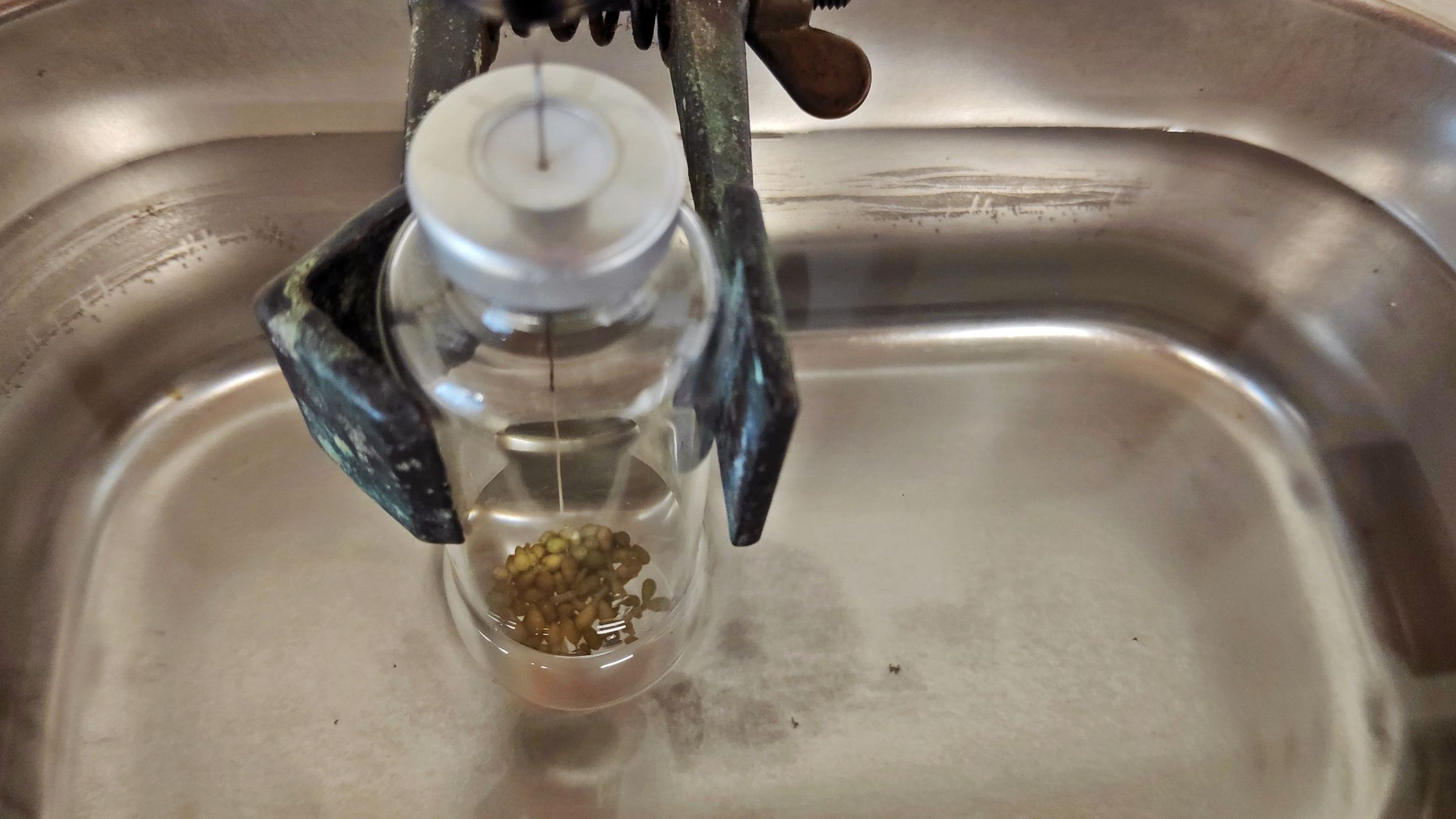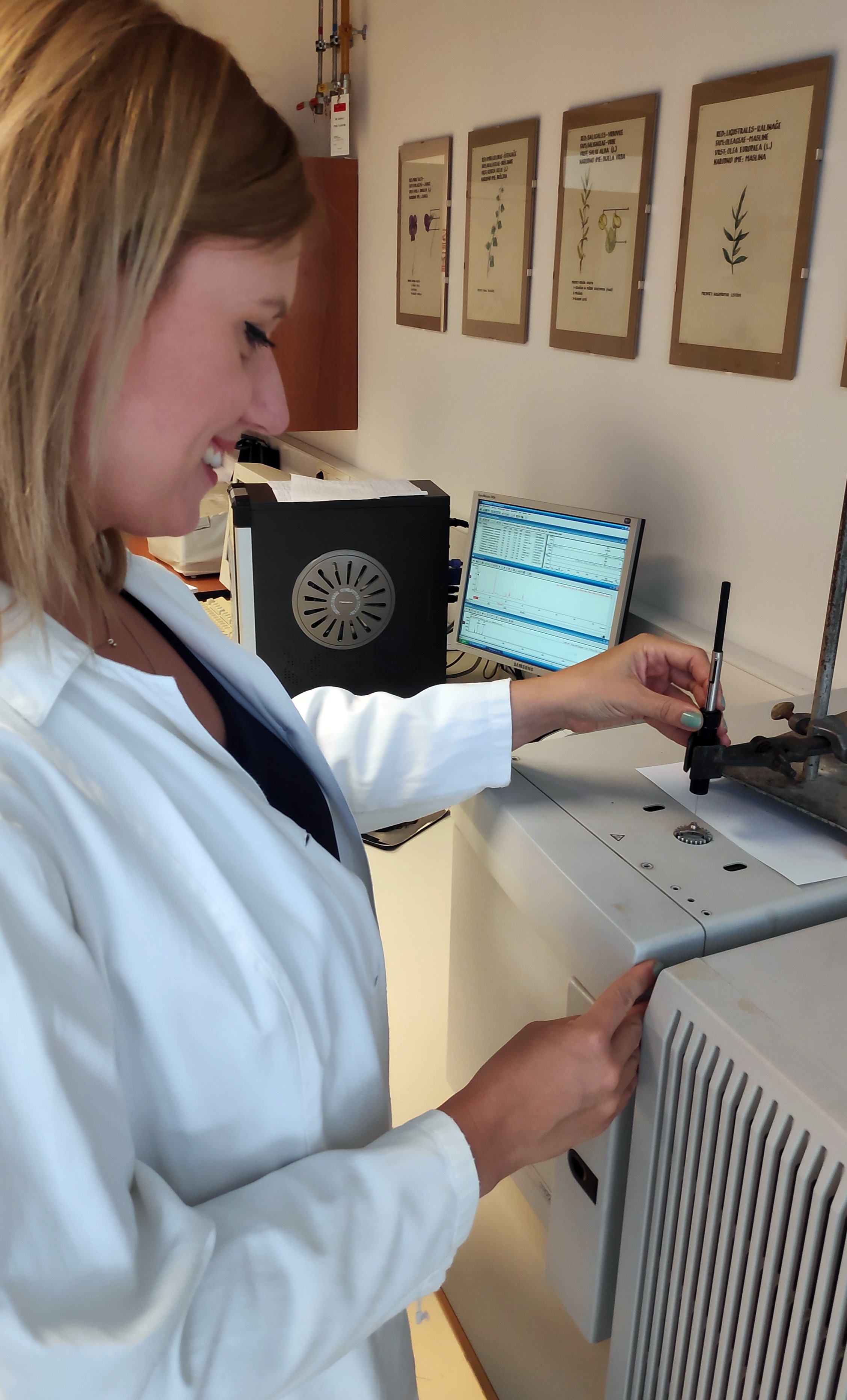Maja Veršić Bratinčević, PhD is employed as a postdoctoral researcher at the Department of Applied Sciences of the Institute for Adriatic Crops and Karst Reclamation.
She graduated at the Faculty of Chemical Technology, University of Split, majoring in Chemistry and Technology of Mediterranean Cultures, with her dissertation entitled “Glucosinolate degradation products and other volatile compounds in endemic plants of the family Brassicaceae: Aurinia Sinuata (L.) GRISEB. and Aurinia Leucedea (GUSS.) C. KOCH”. She defended her doctoral thesis entitled “Addictive substances in biological samples: determination and stability” in 2015 at the Faculty of Chemical Engineering and Technology, University of Zagreb, where she earned her PhD in natural sciences. In 2018, she was elected as a research associate in the interdisciplinary field of science (pharmacy and basic medical sciences). She gained work experience as a research novice in toxicology laboratory at the Clinical Hospital Centre Split, at the Department of Pathology, Cytology and Forensic Medicine, and at the Faculty of Medicine, University of Split, where she was employed until 2018 as a postdoctoral researcher.
As an author or co-author, she participated in the publication of eight scientific papers, several conference papers, and chapters of the textbook “Fundamentals of Forensic Toxicology”. She is a mentor or co-mentor on 13 graduate or final theses. She has participated in various scientific conferences, workshops and seminars for professional development.
The main scientific interest includes the analysis of samples using instrumental analysis techniques and primarily the analysis of samples using chromatographic techniques. The area of her research will include examining the profiles of volatile substances and their impact on attracting the most significant olive pests.
Maja, welcome!
